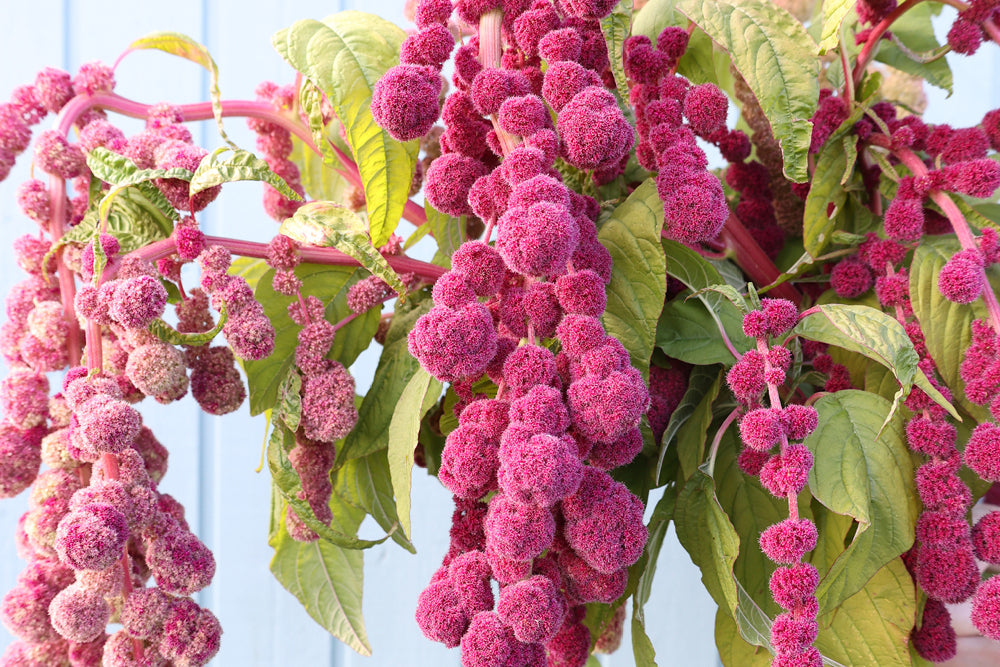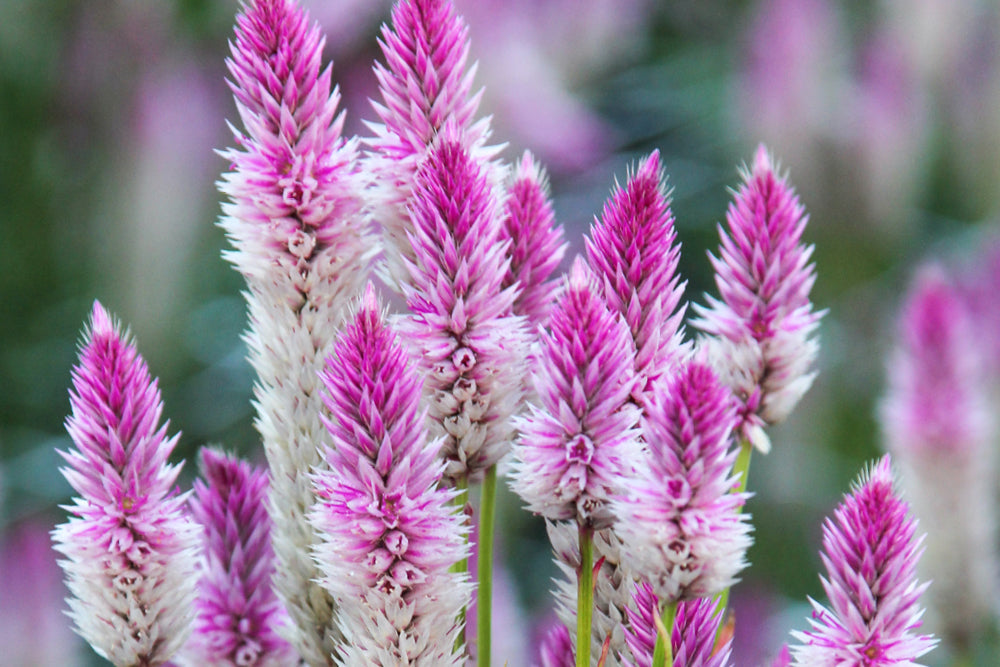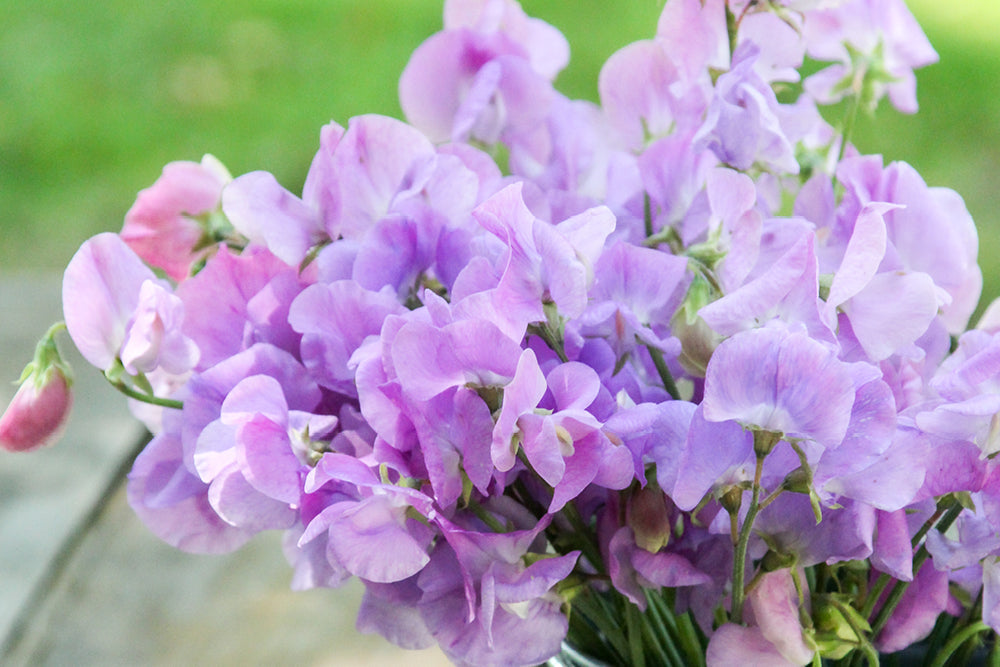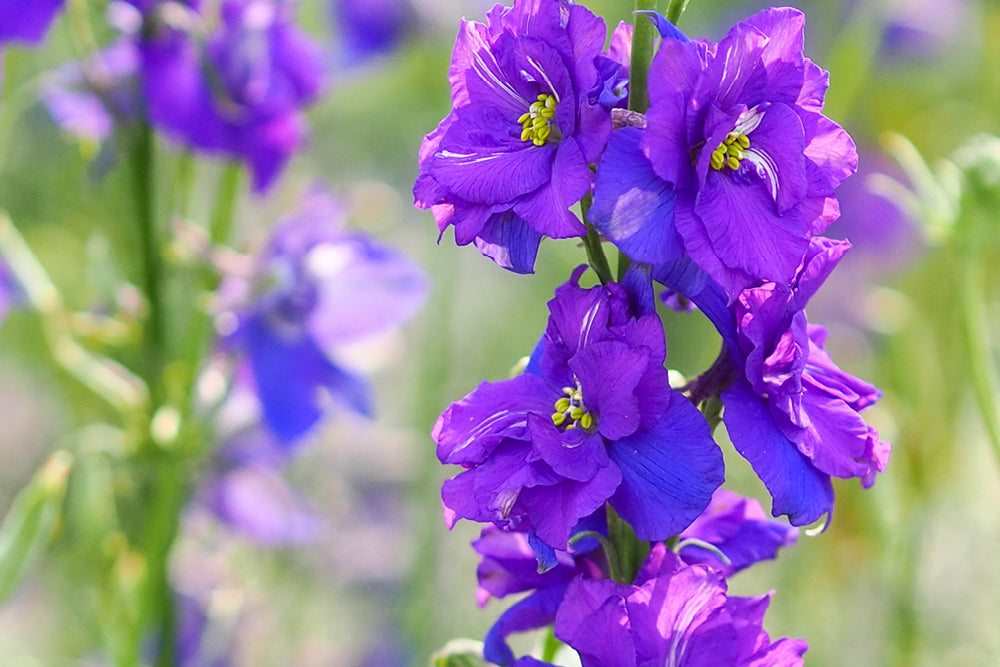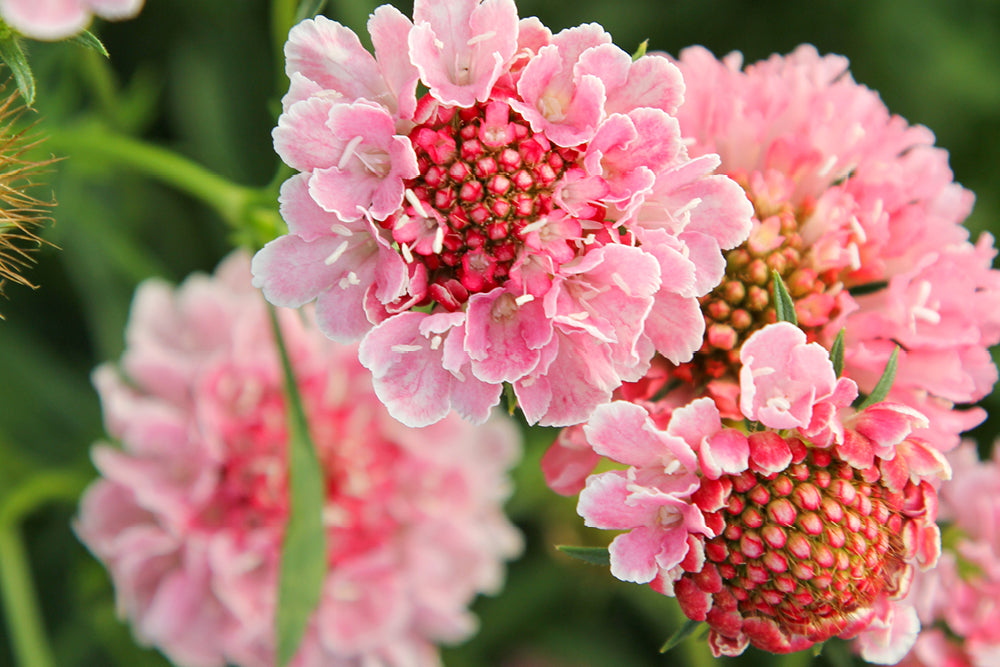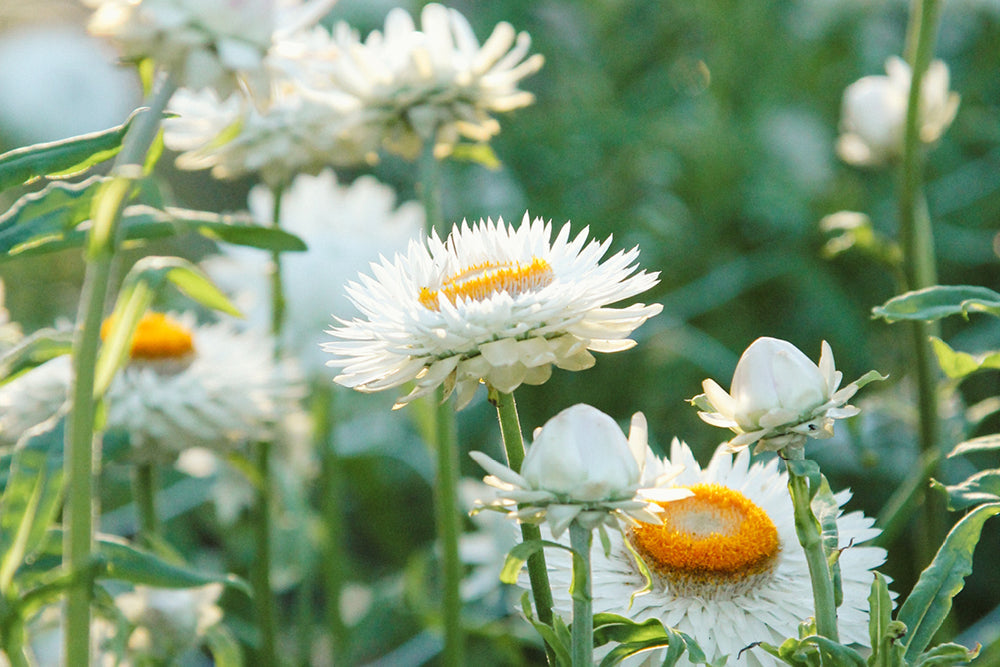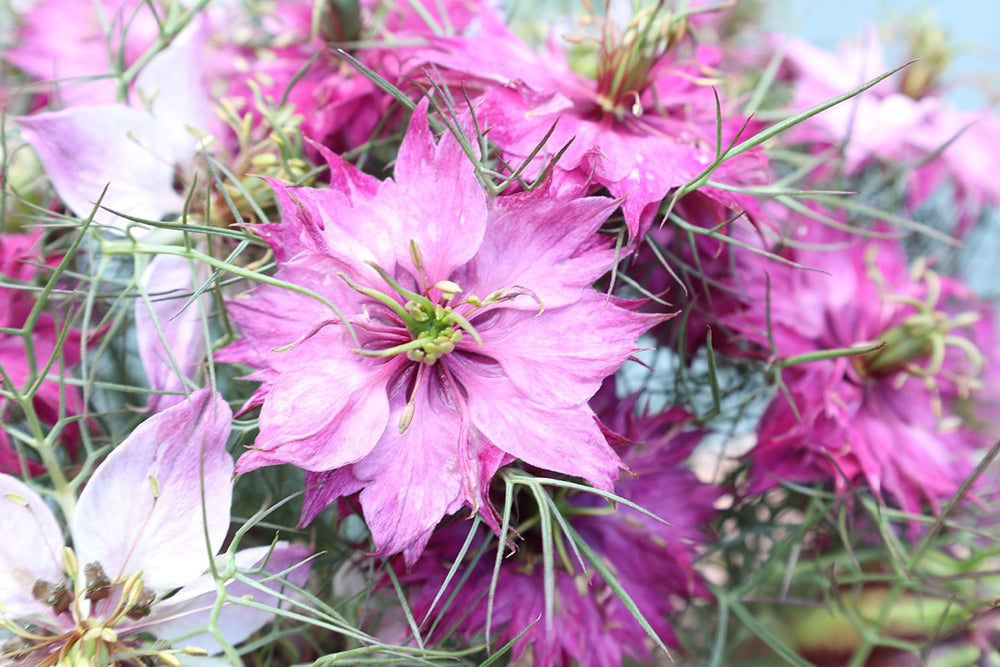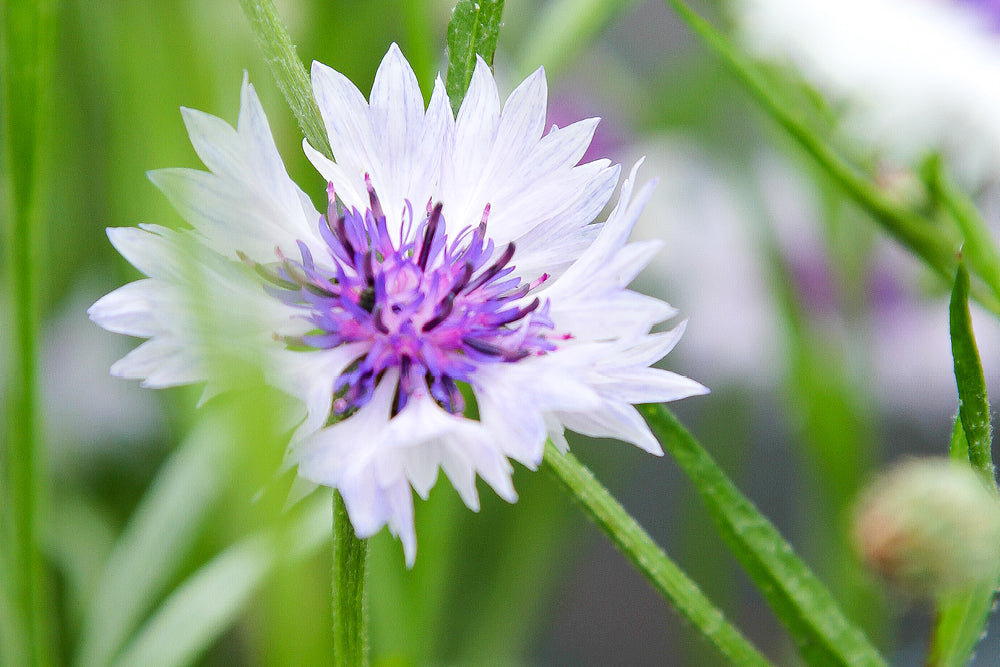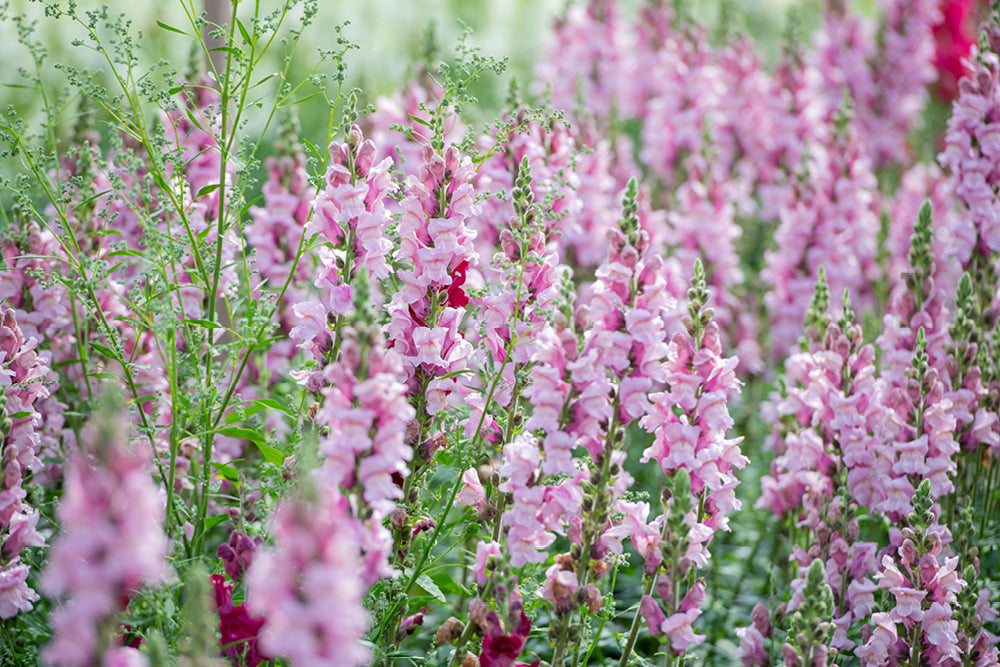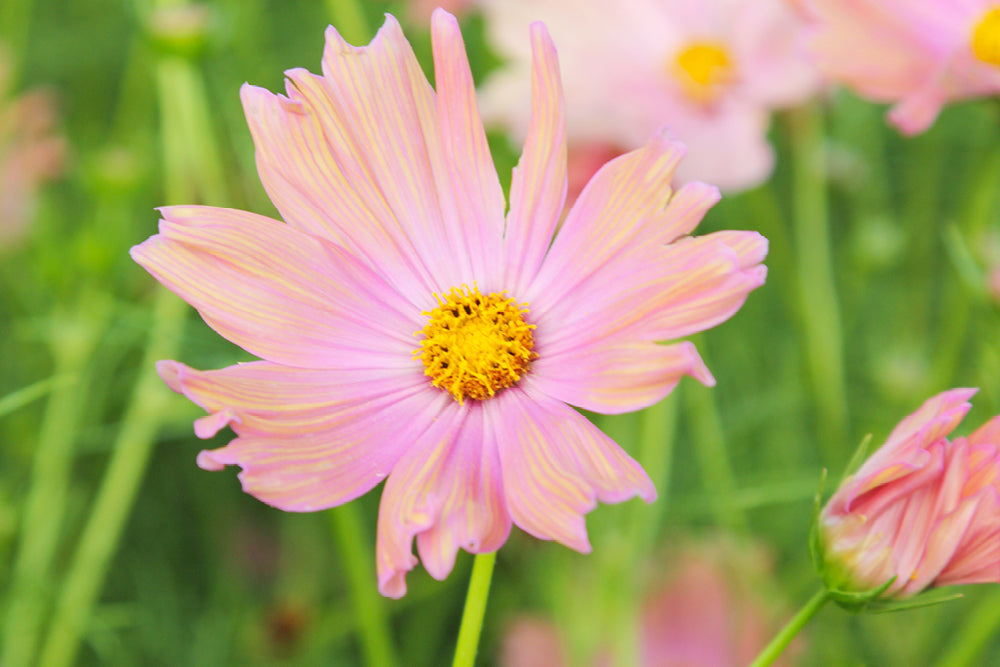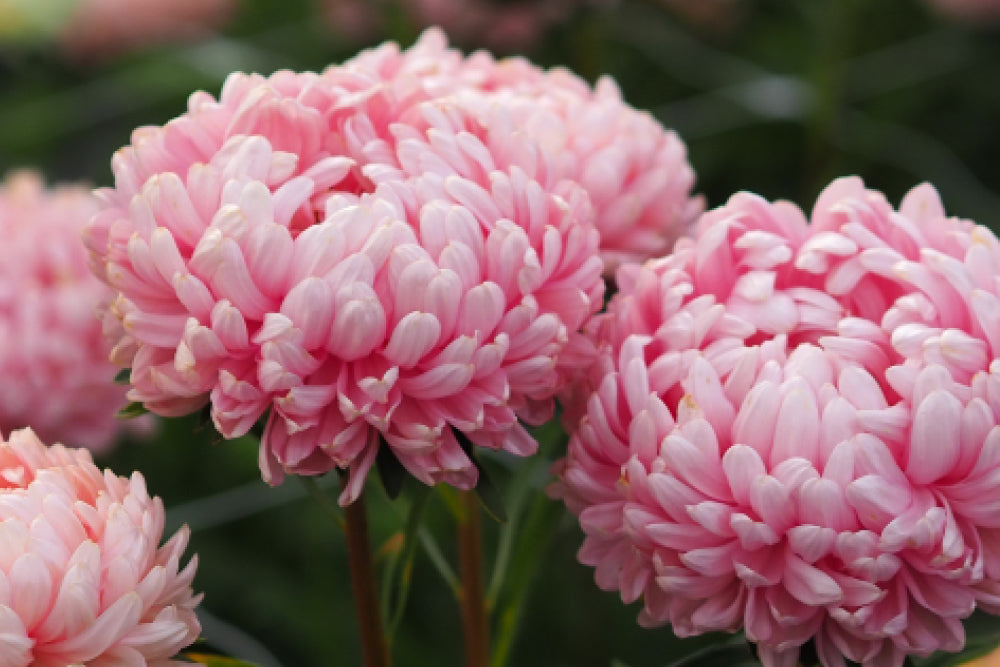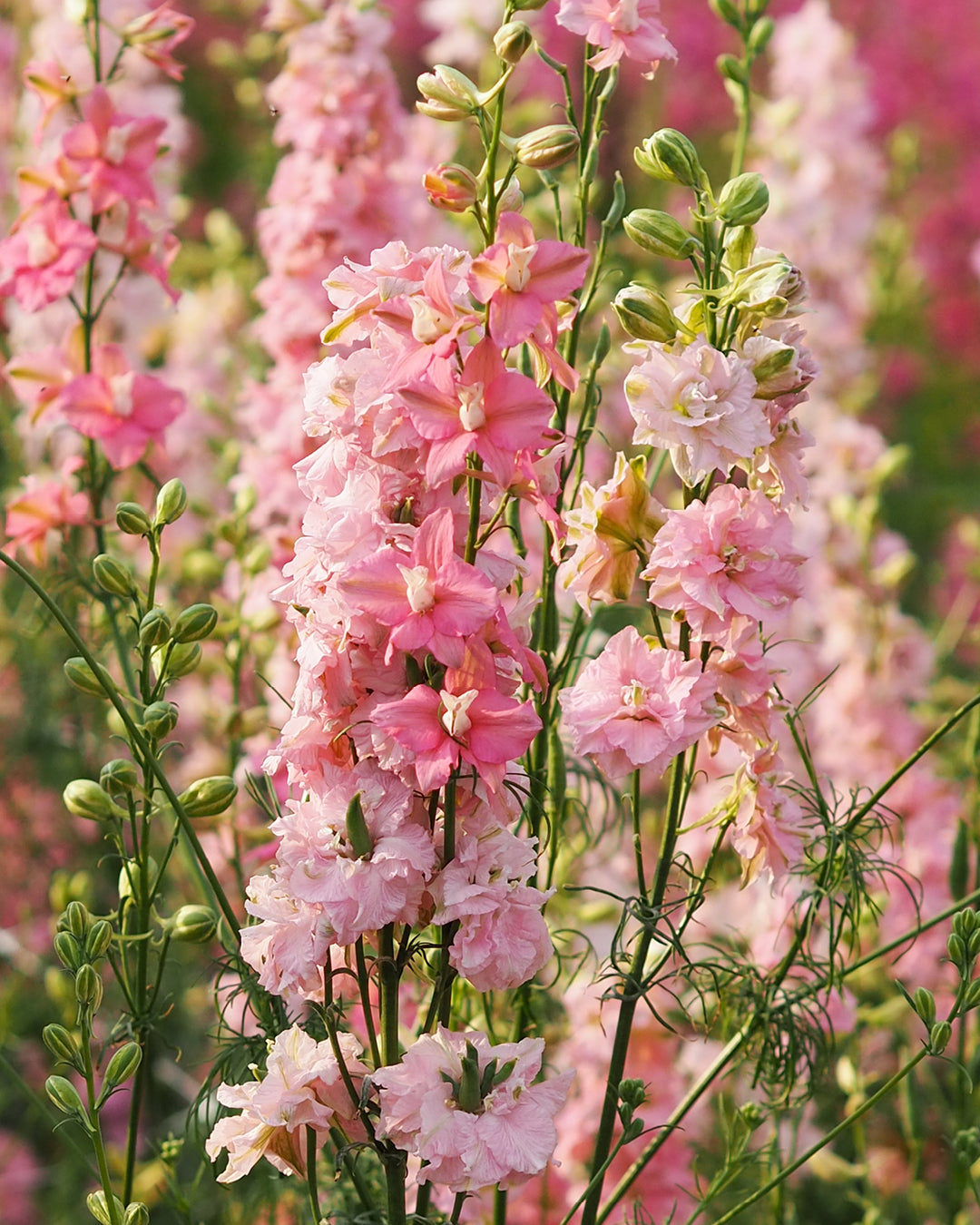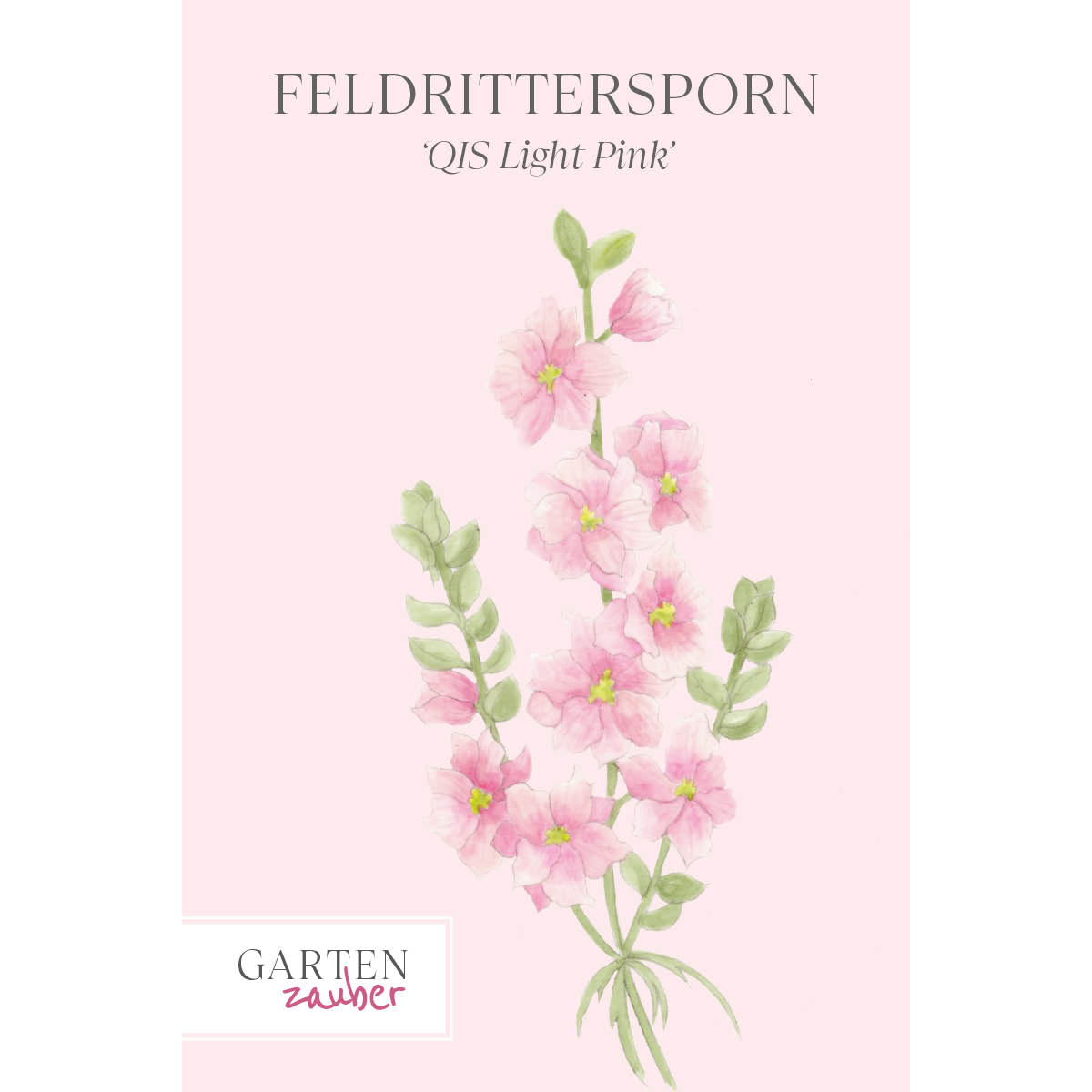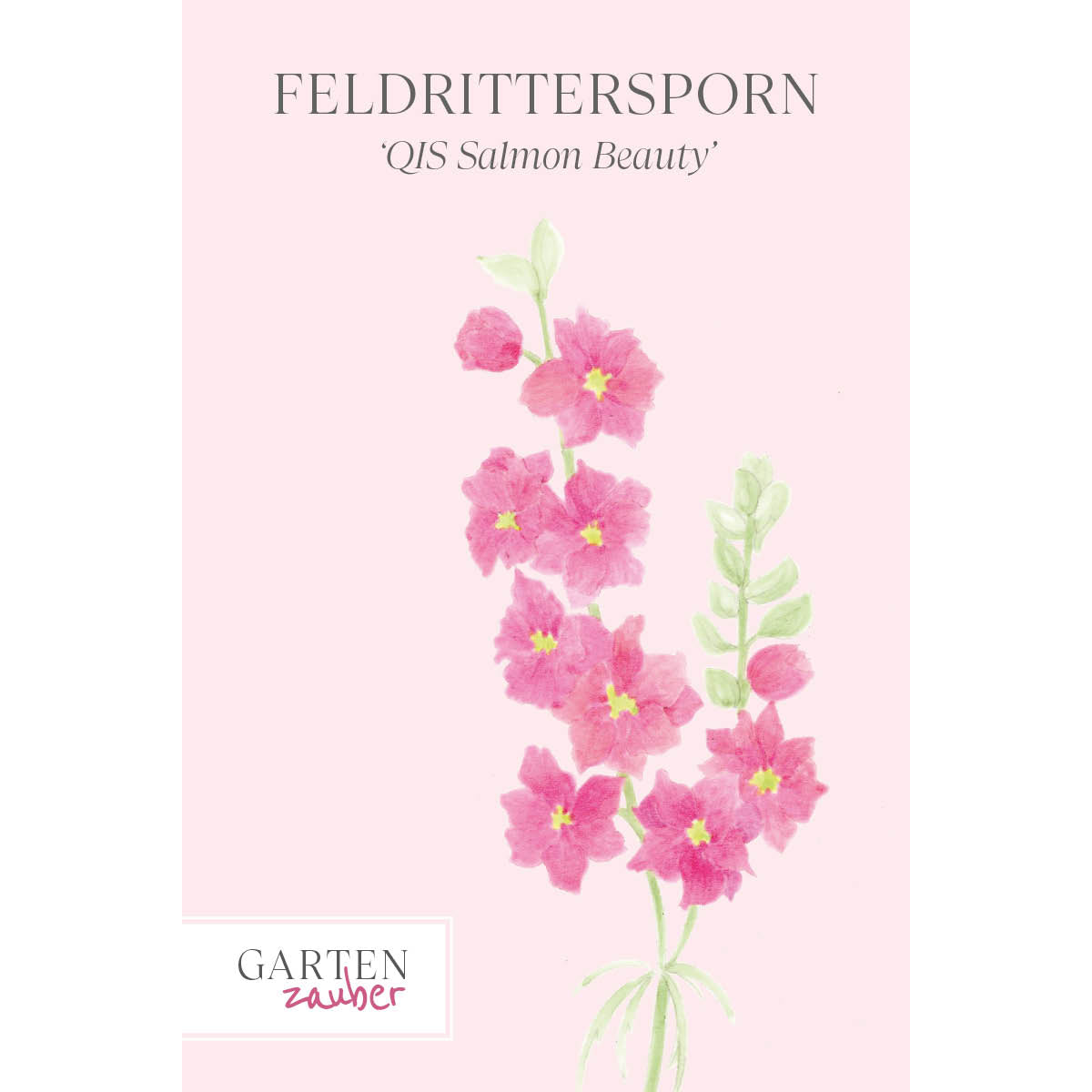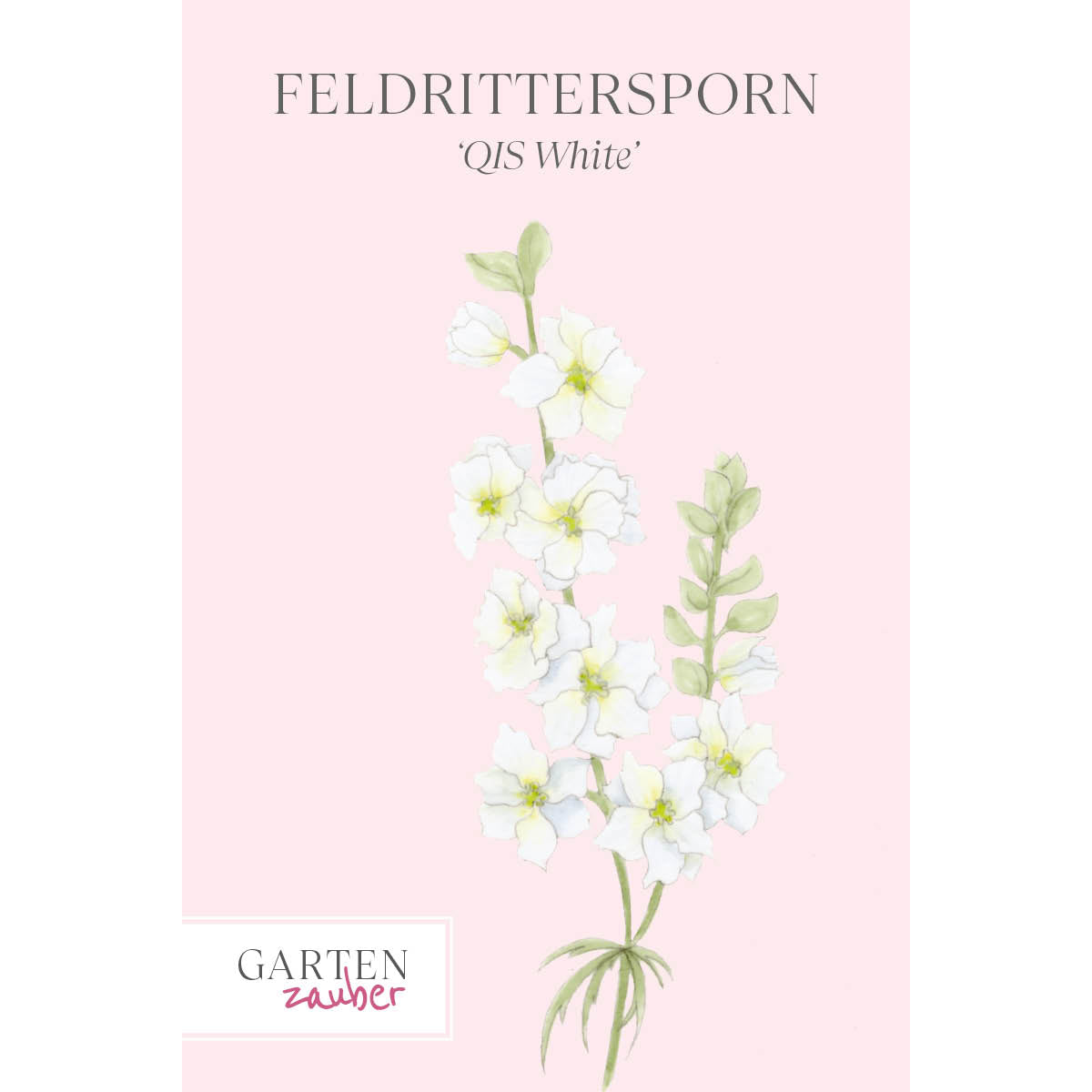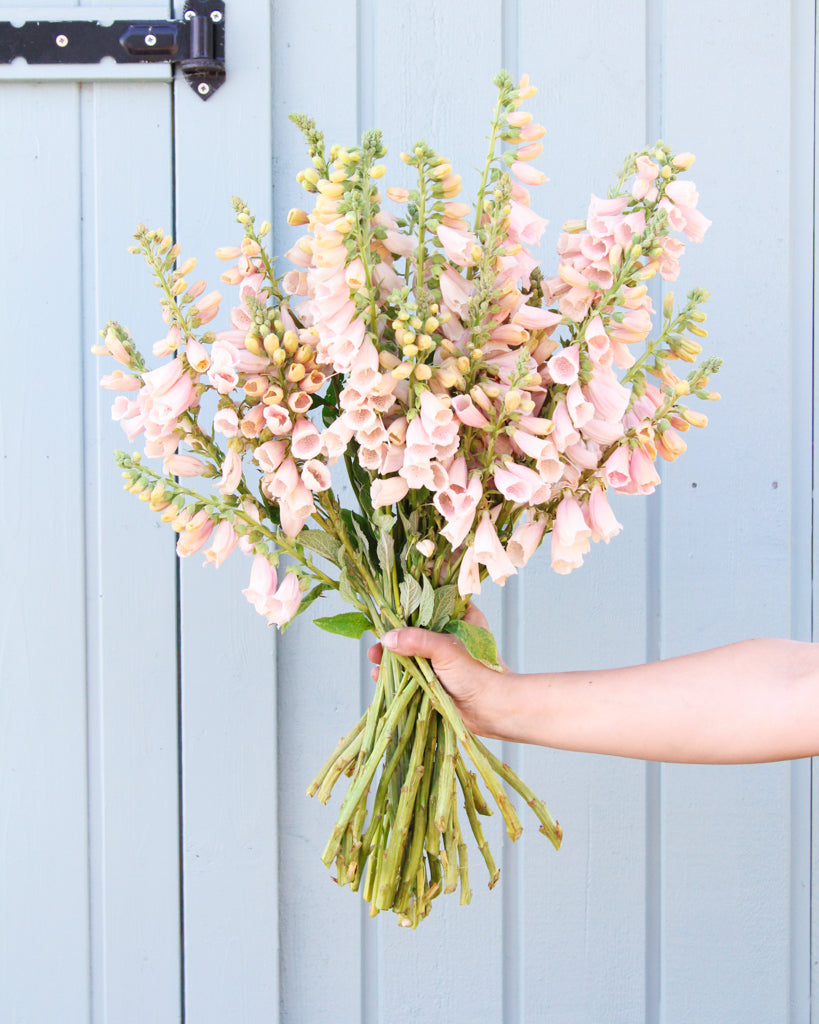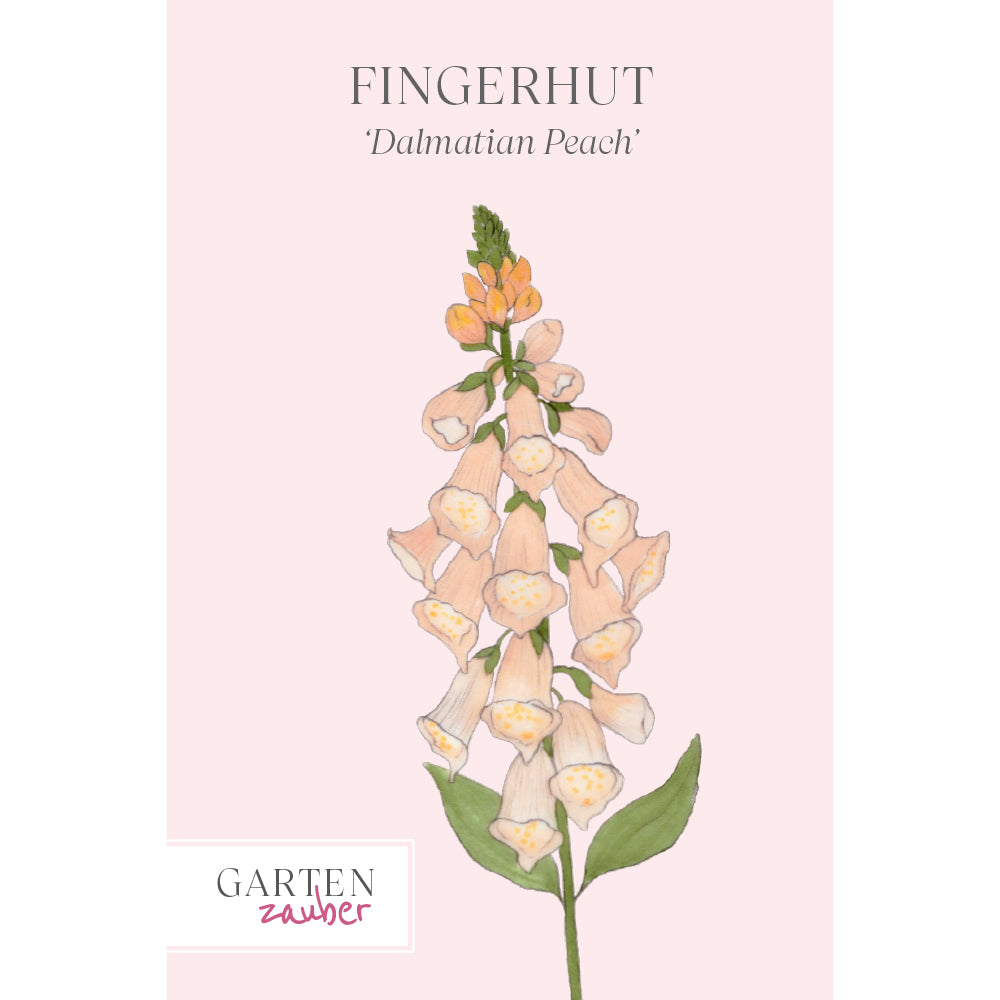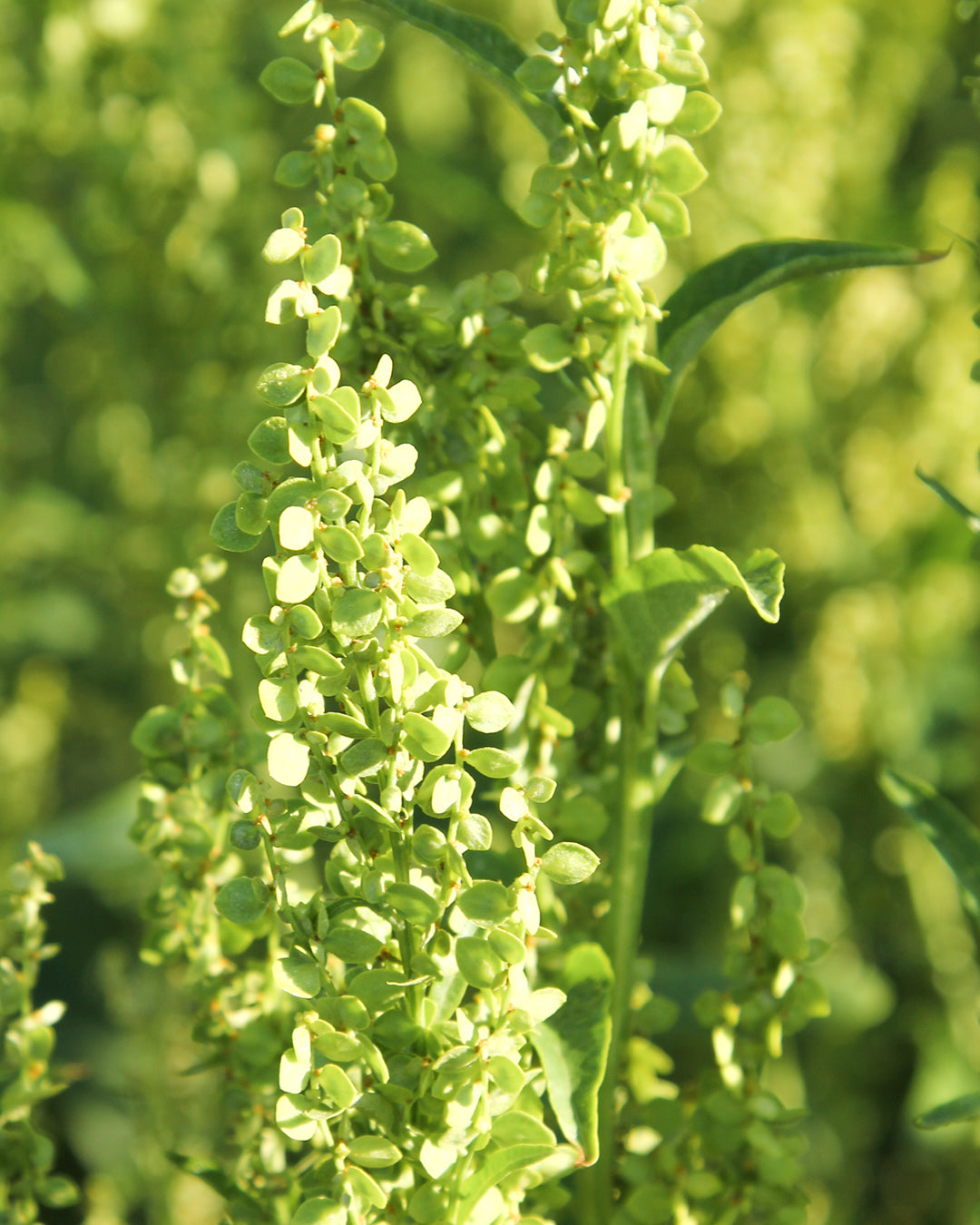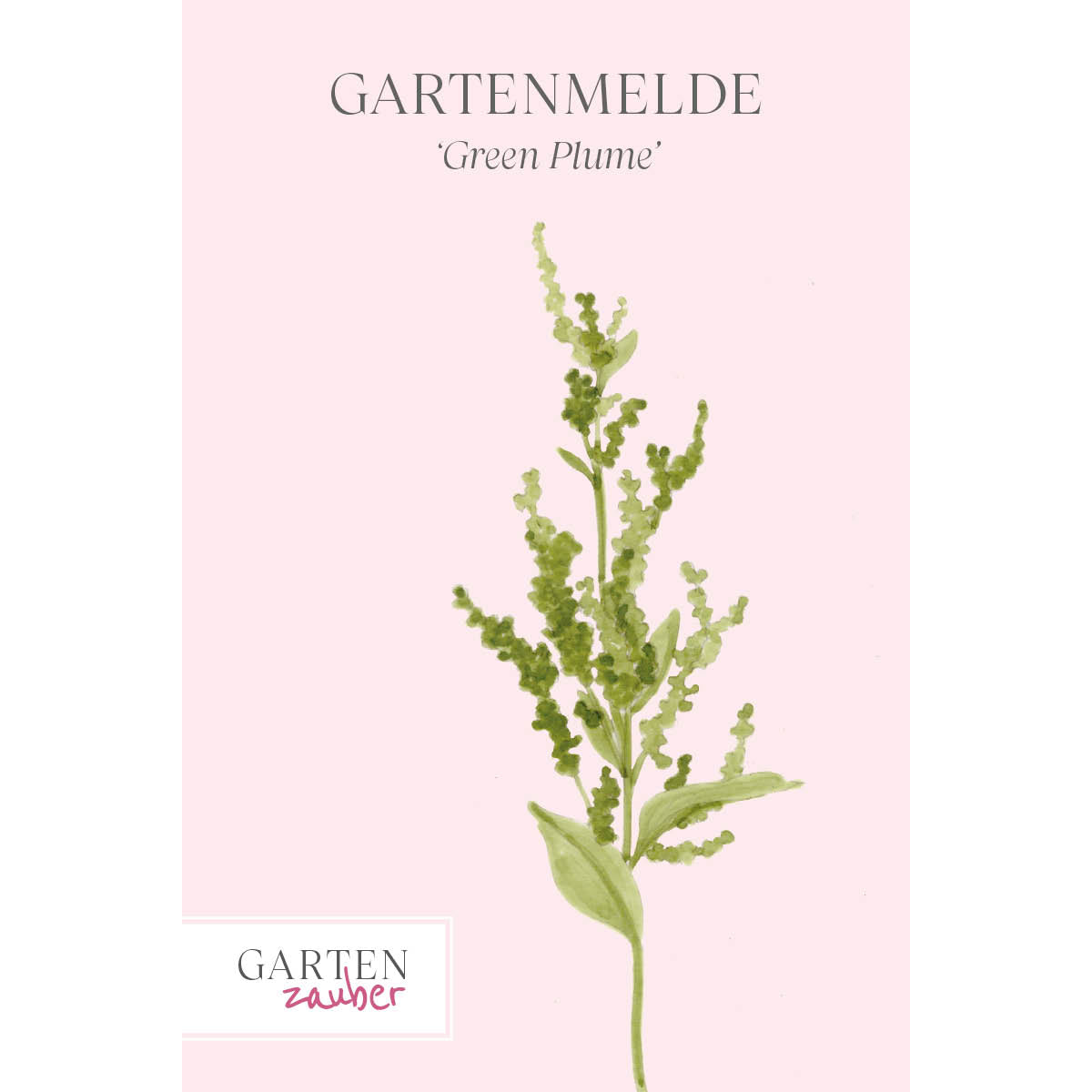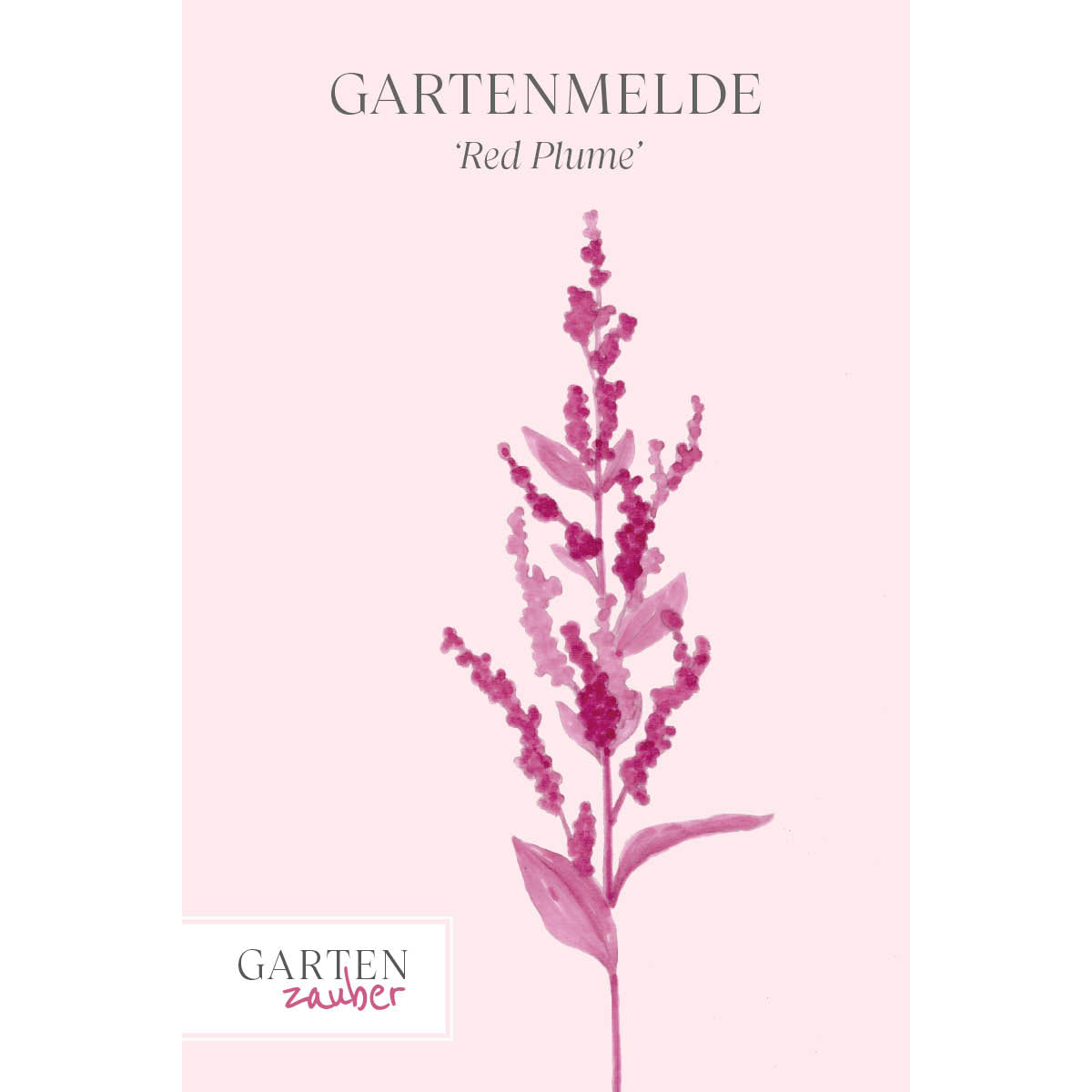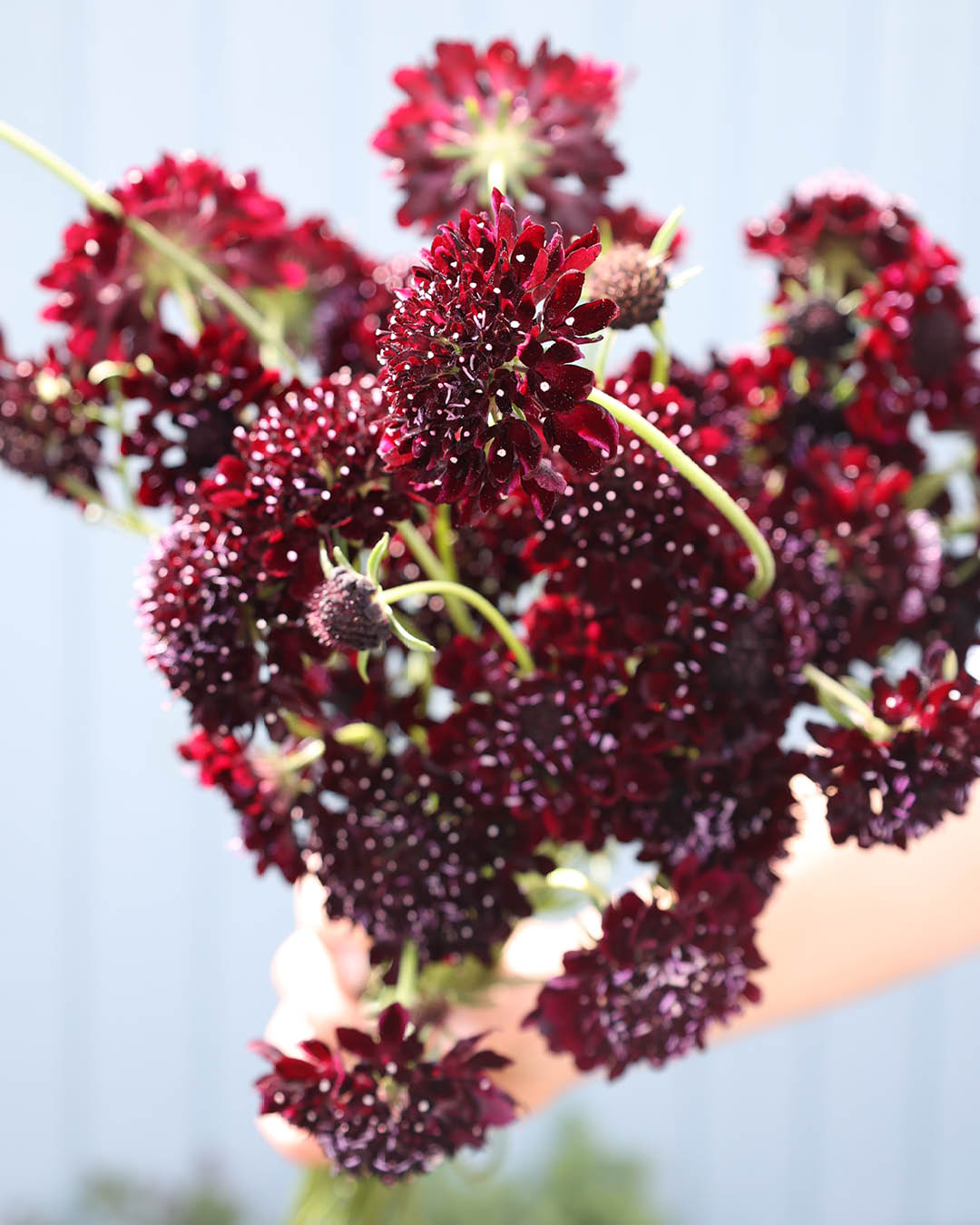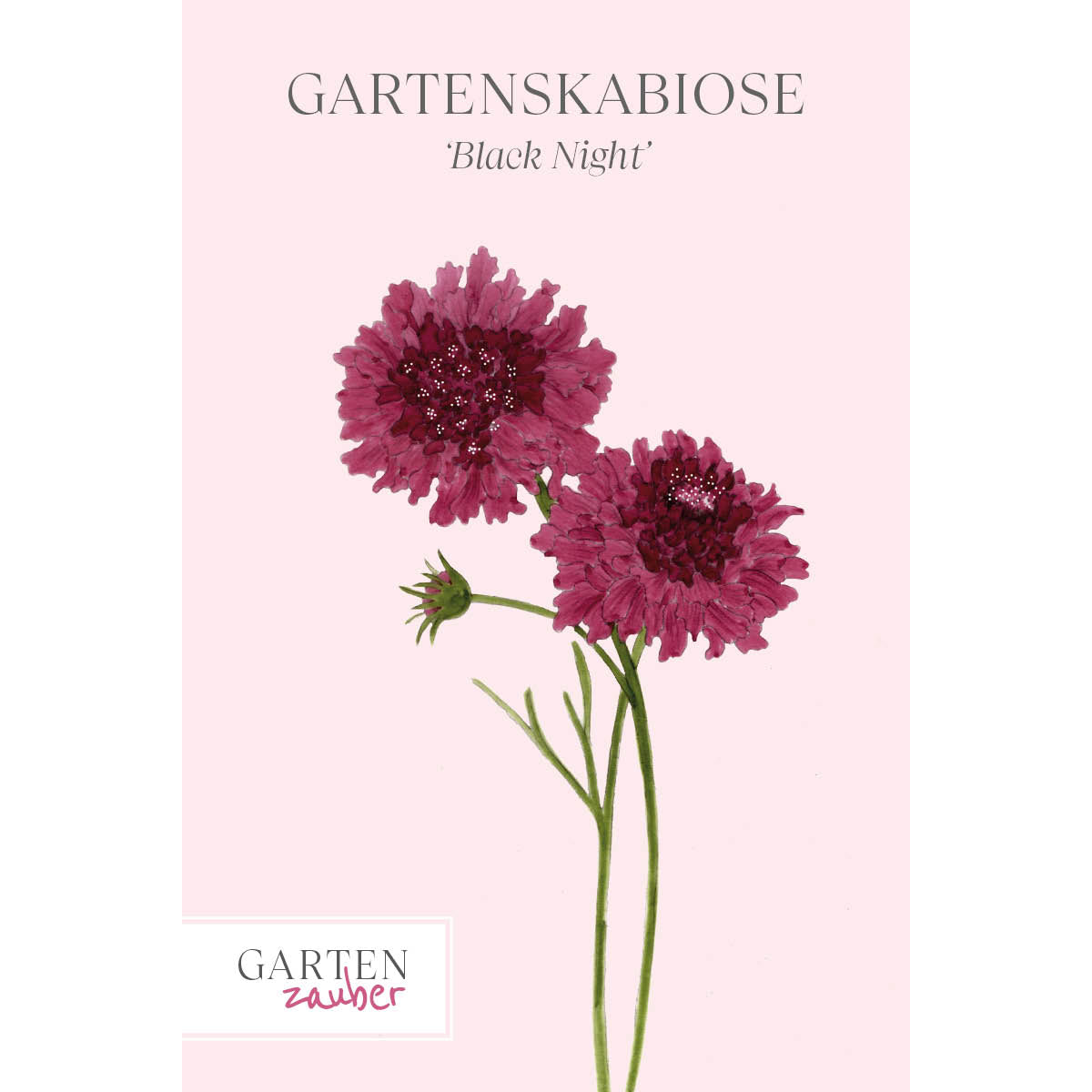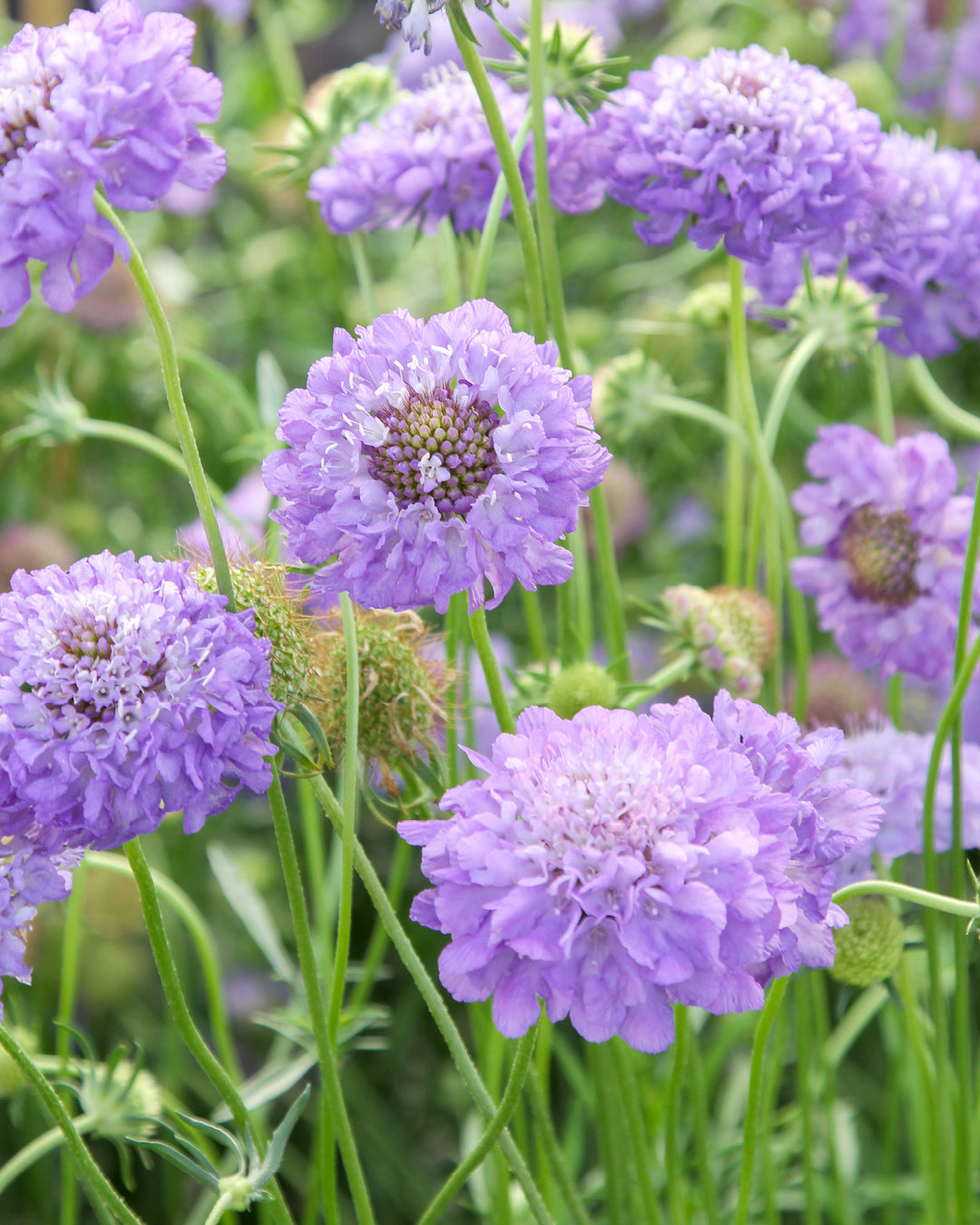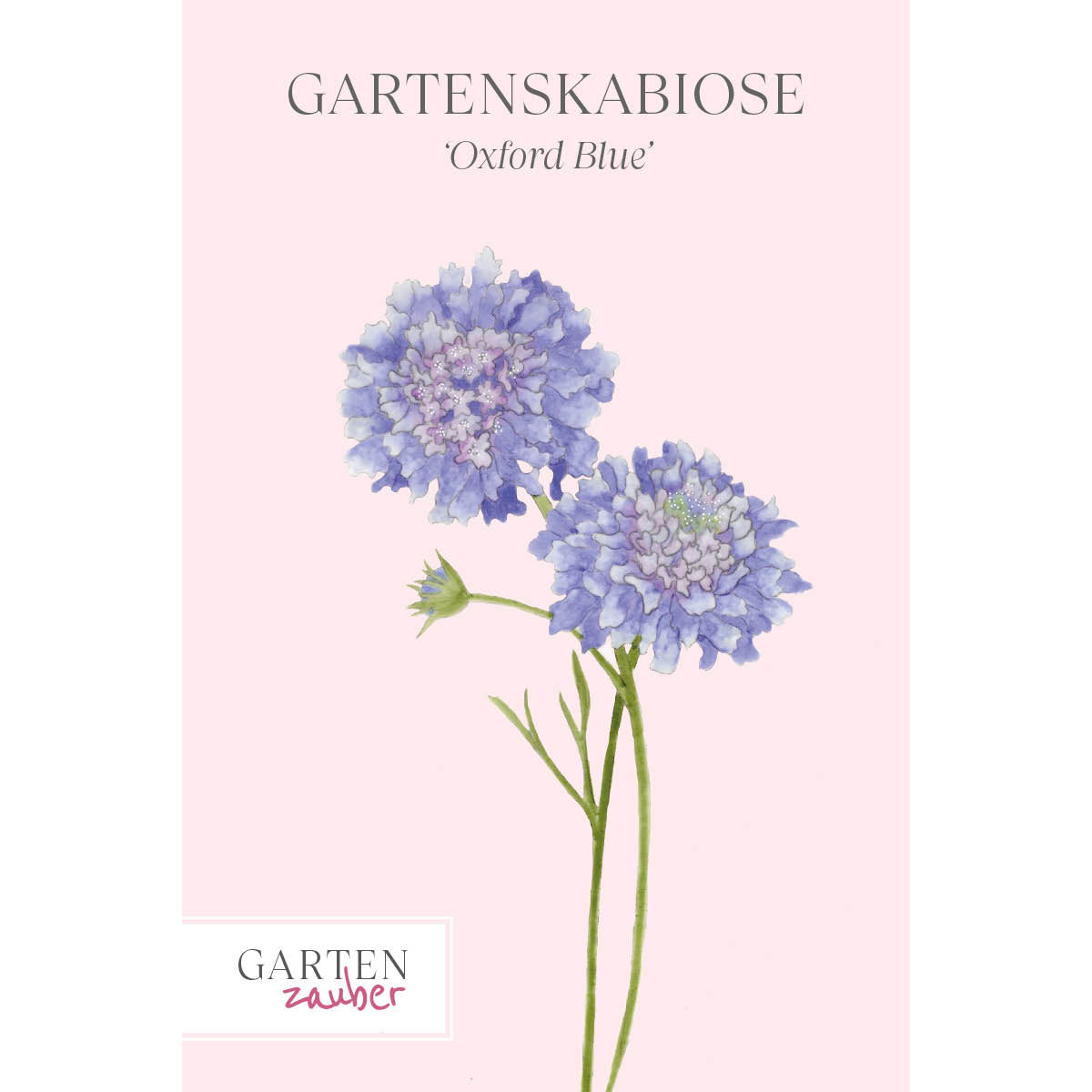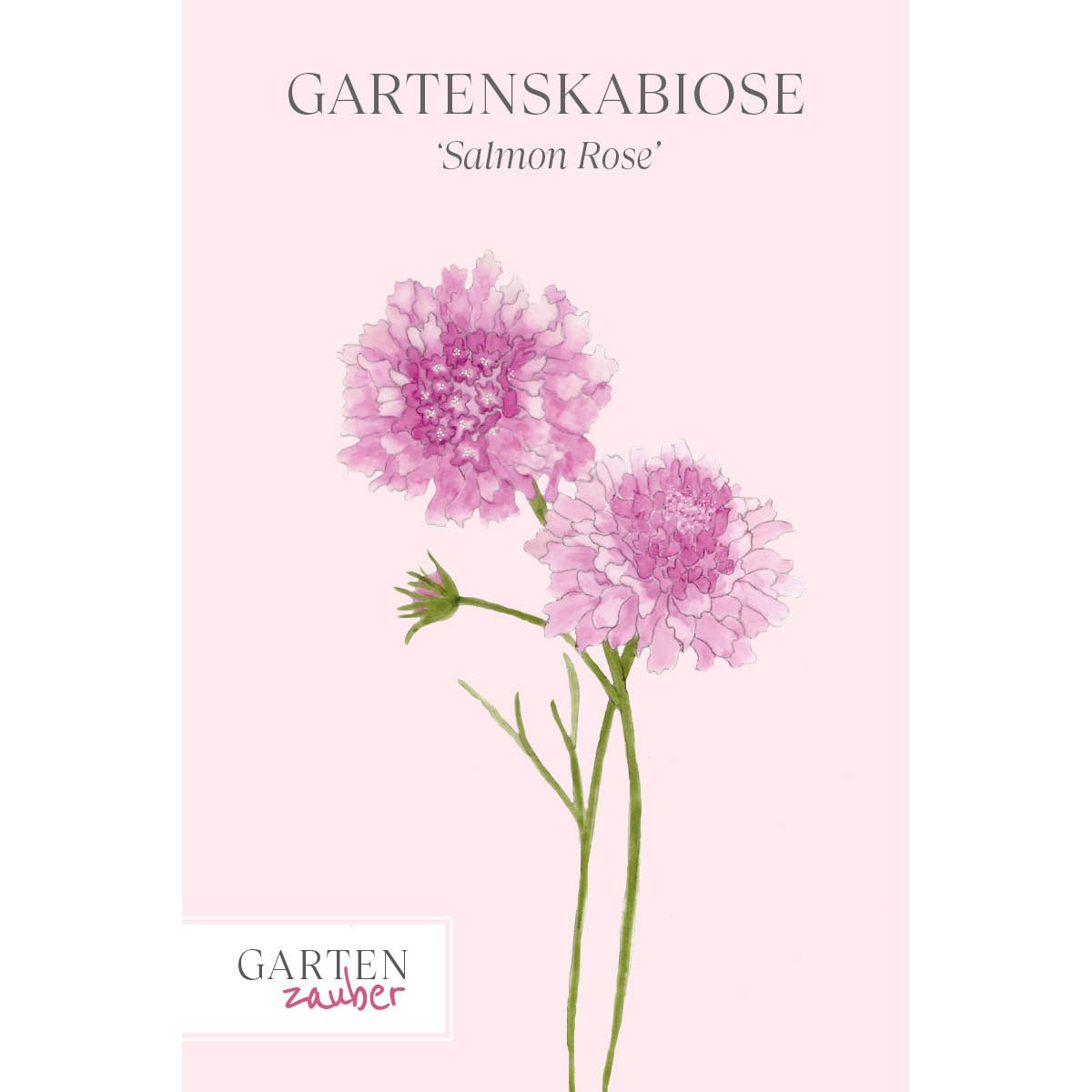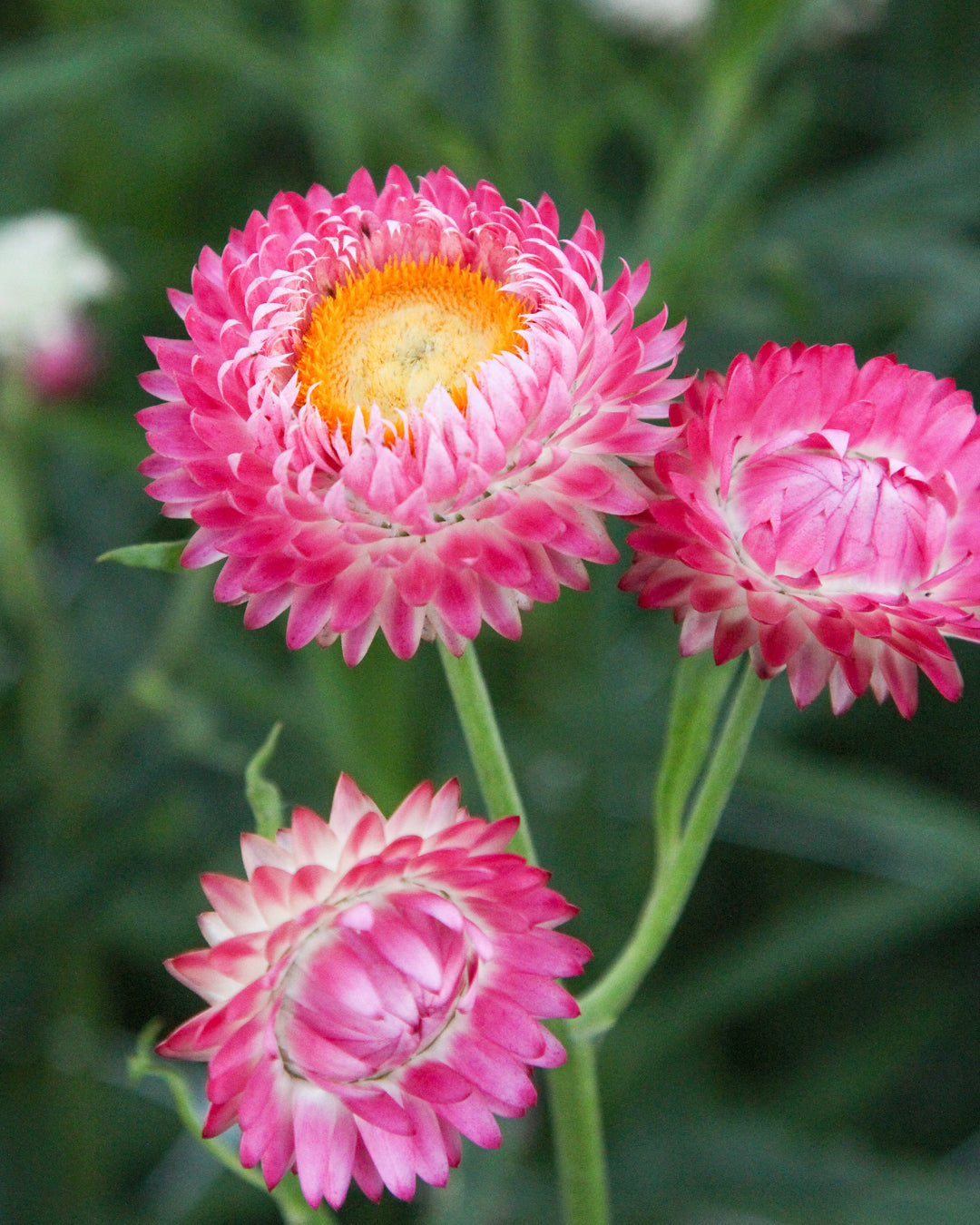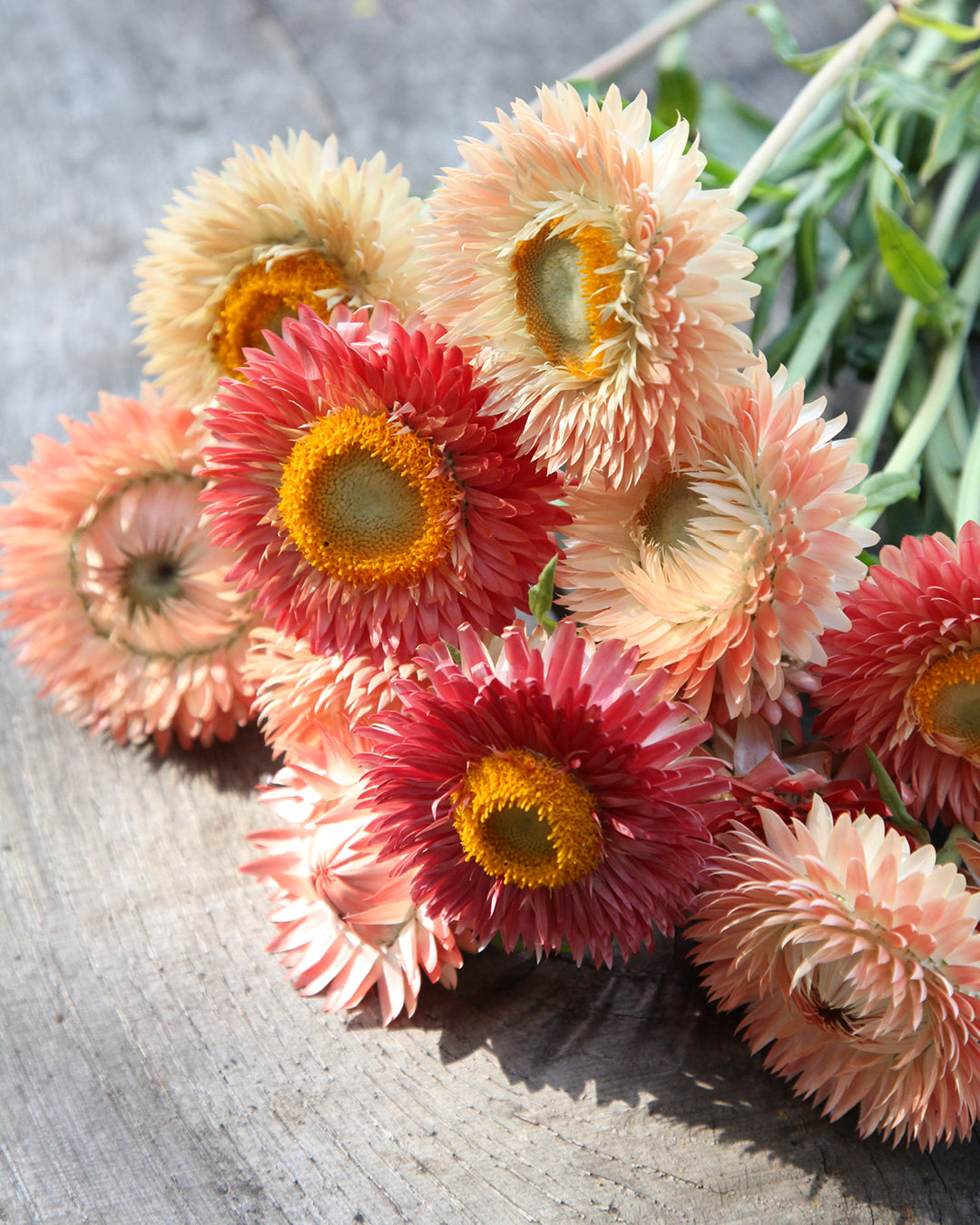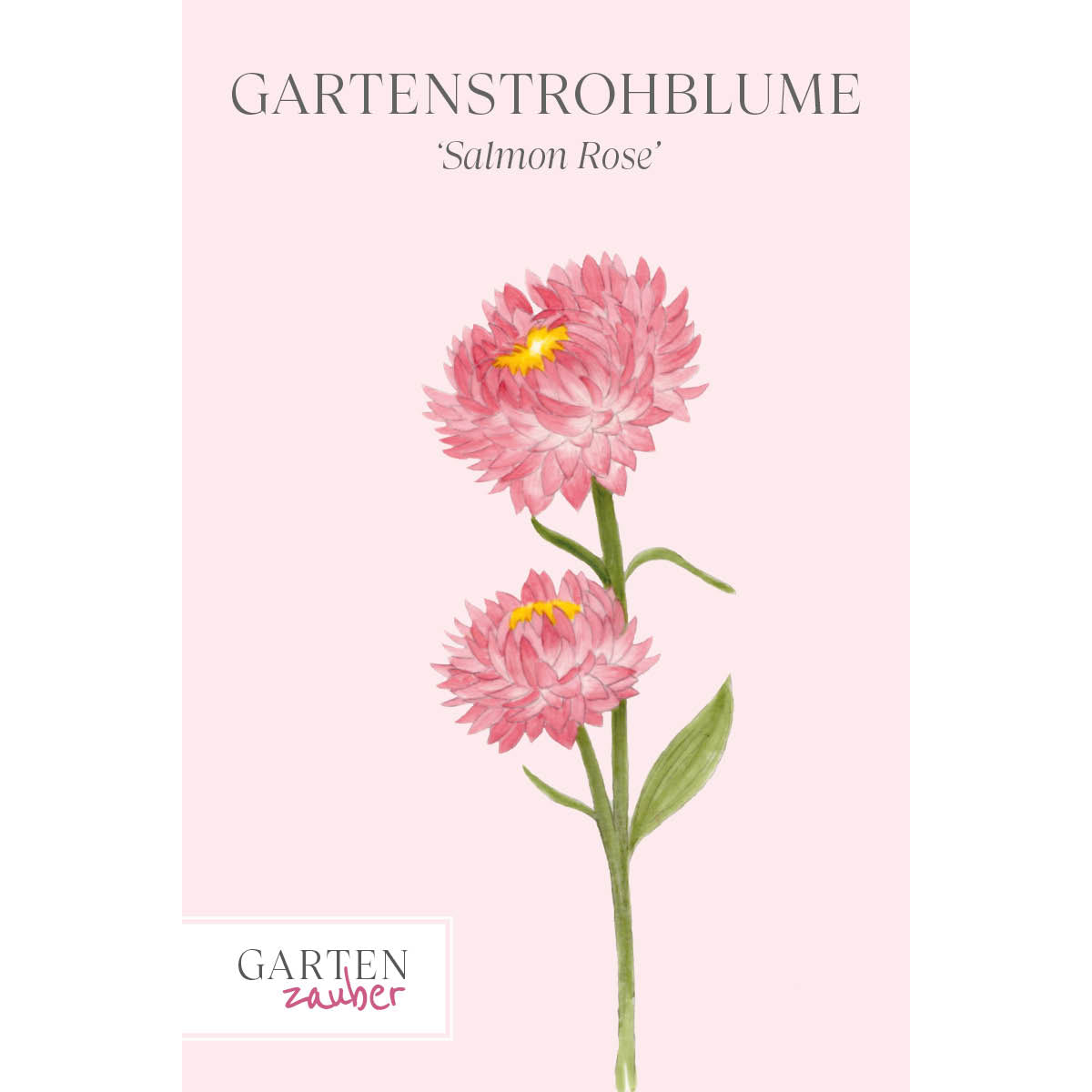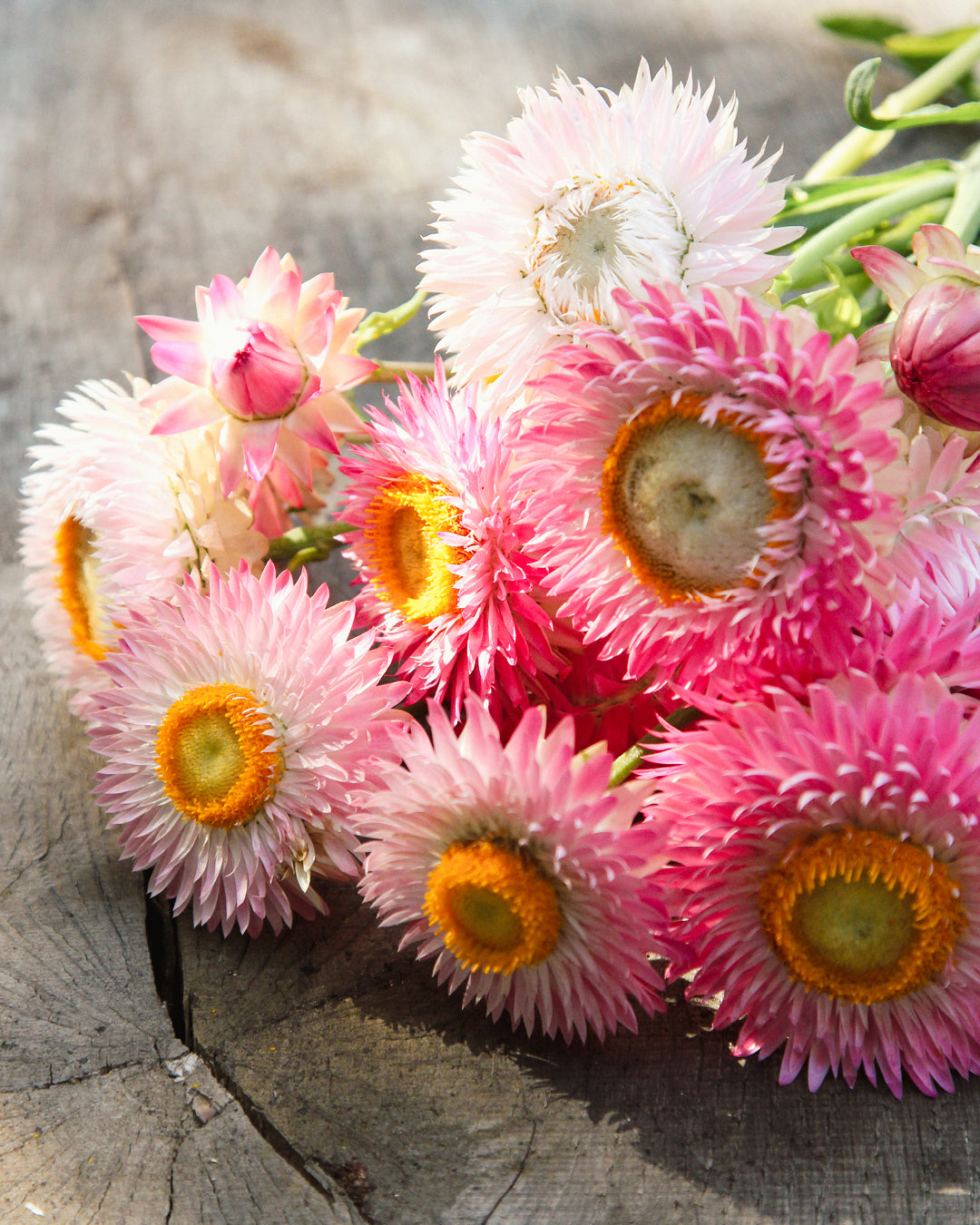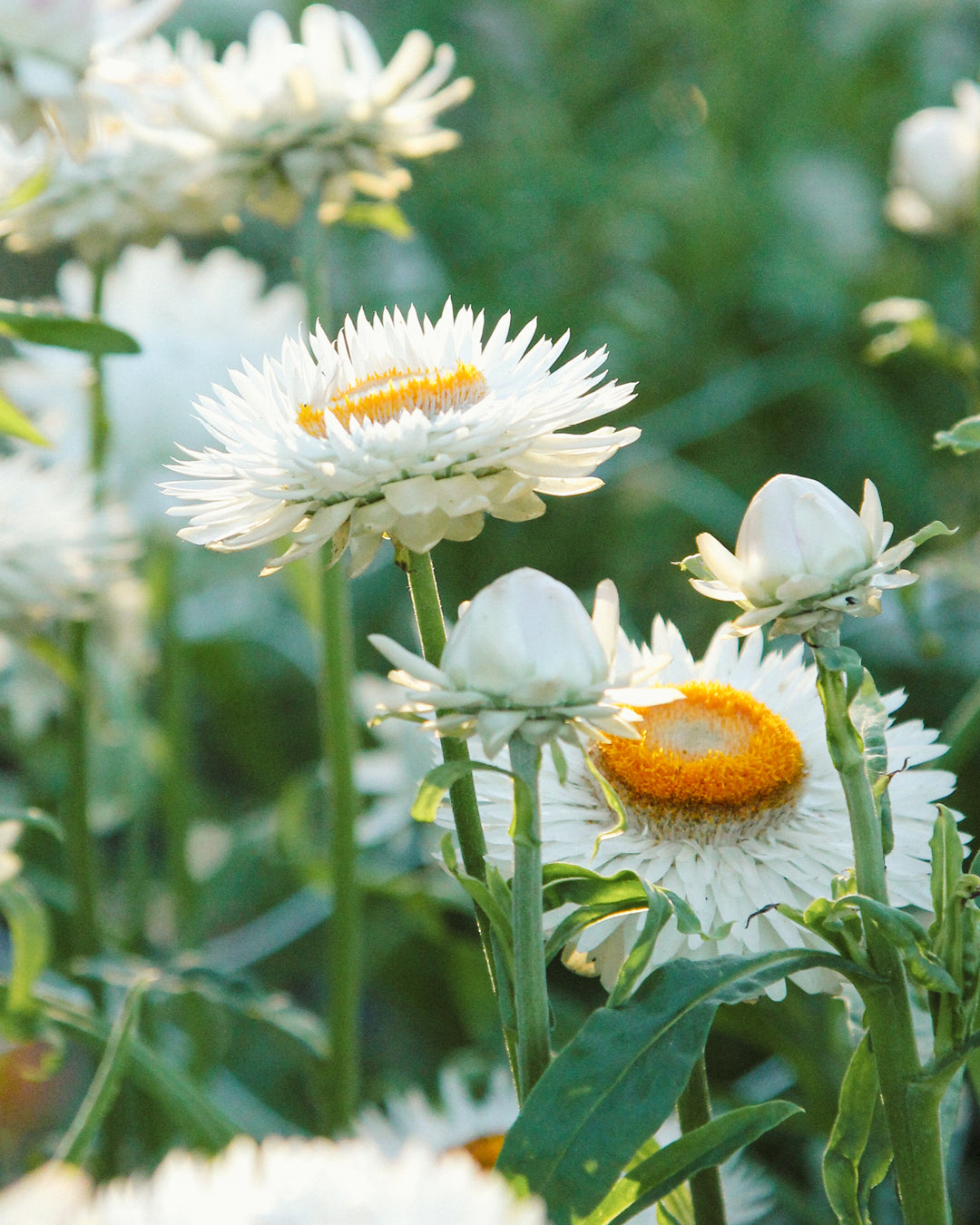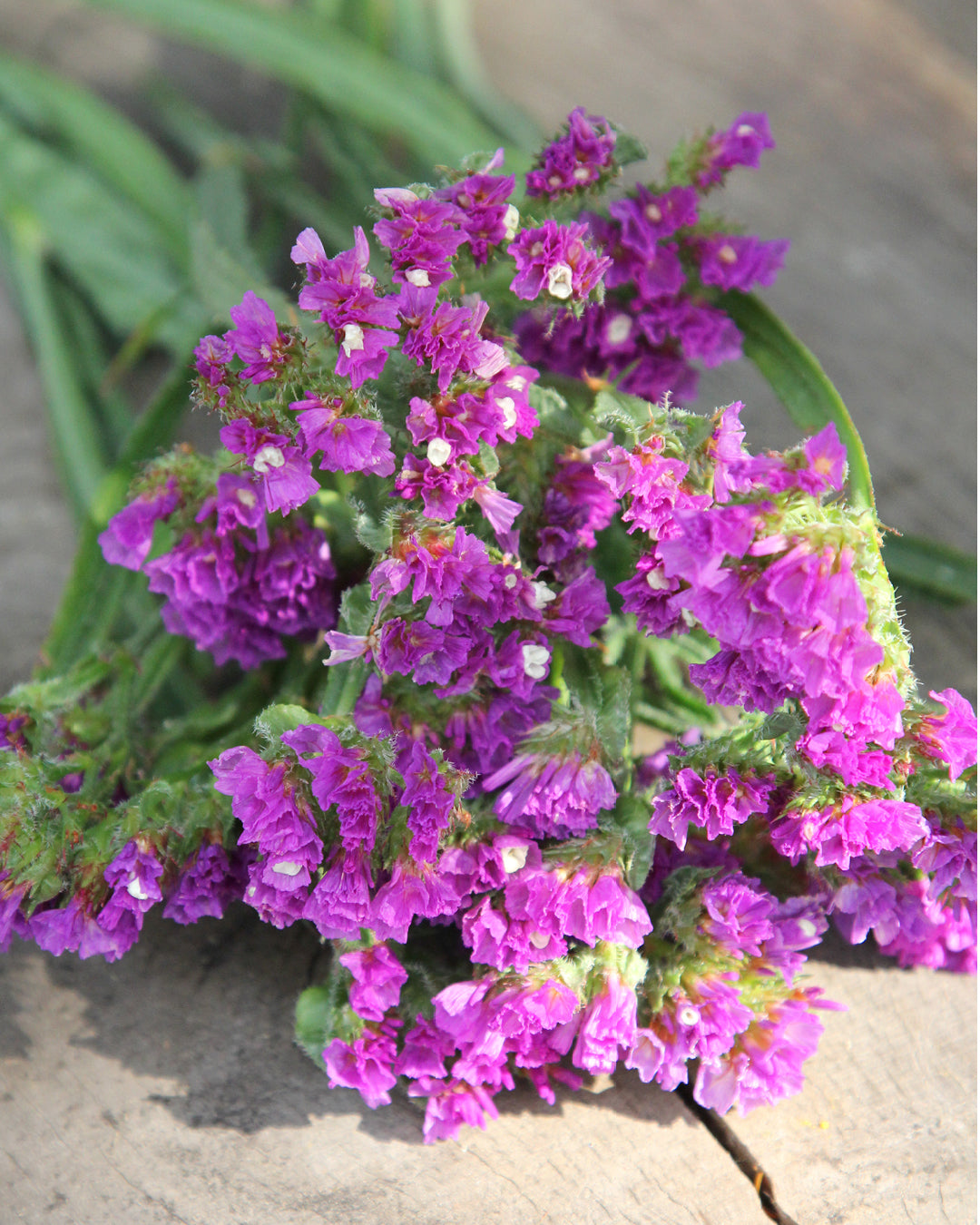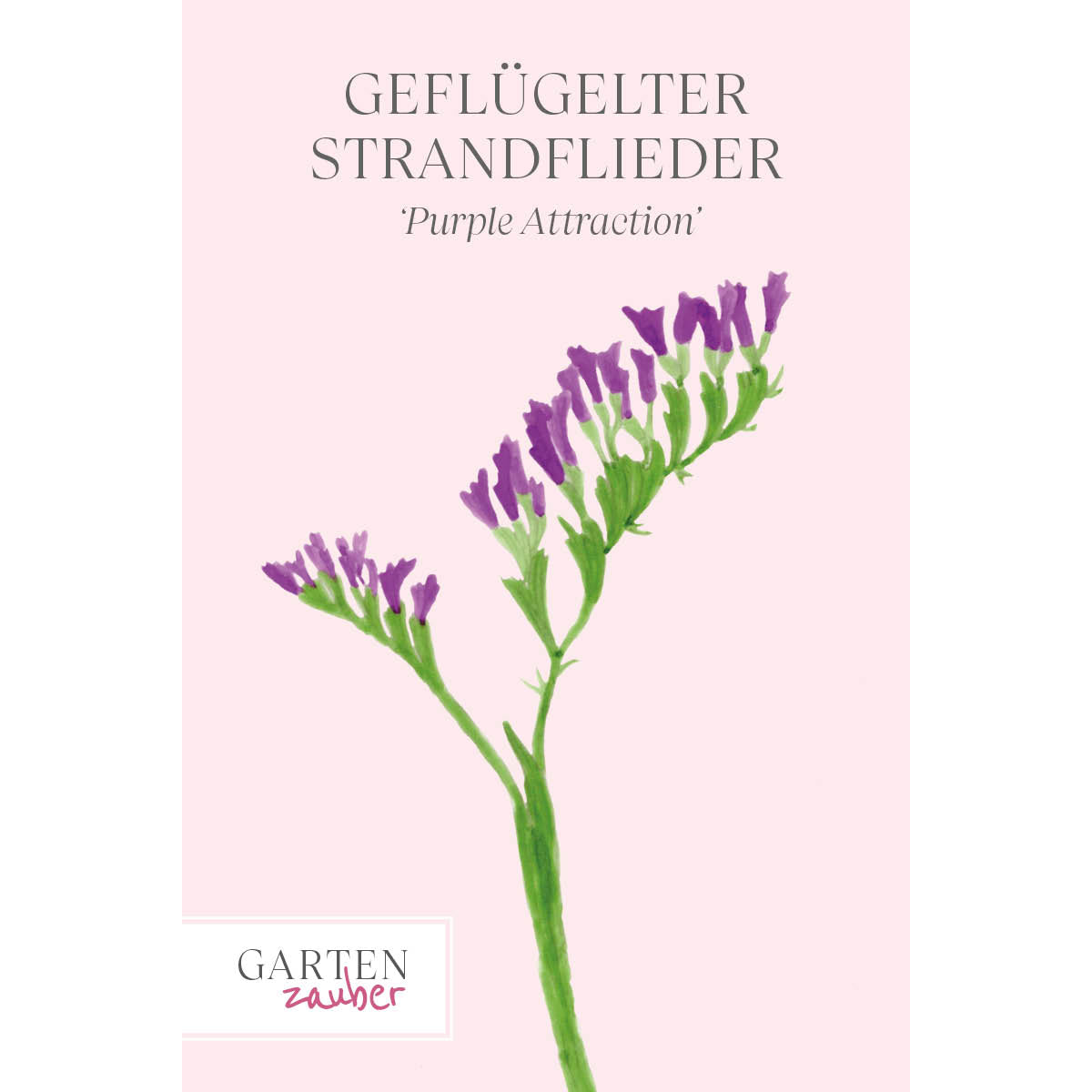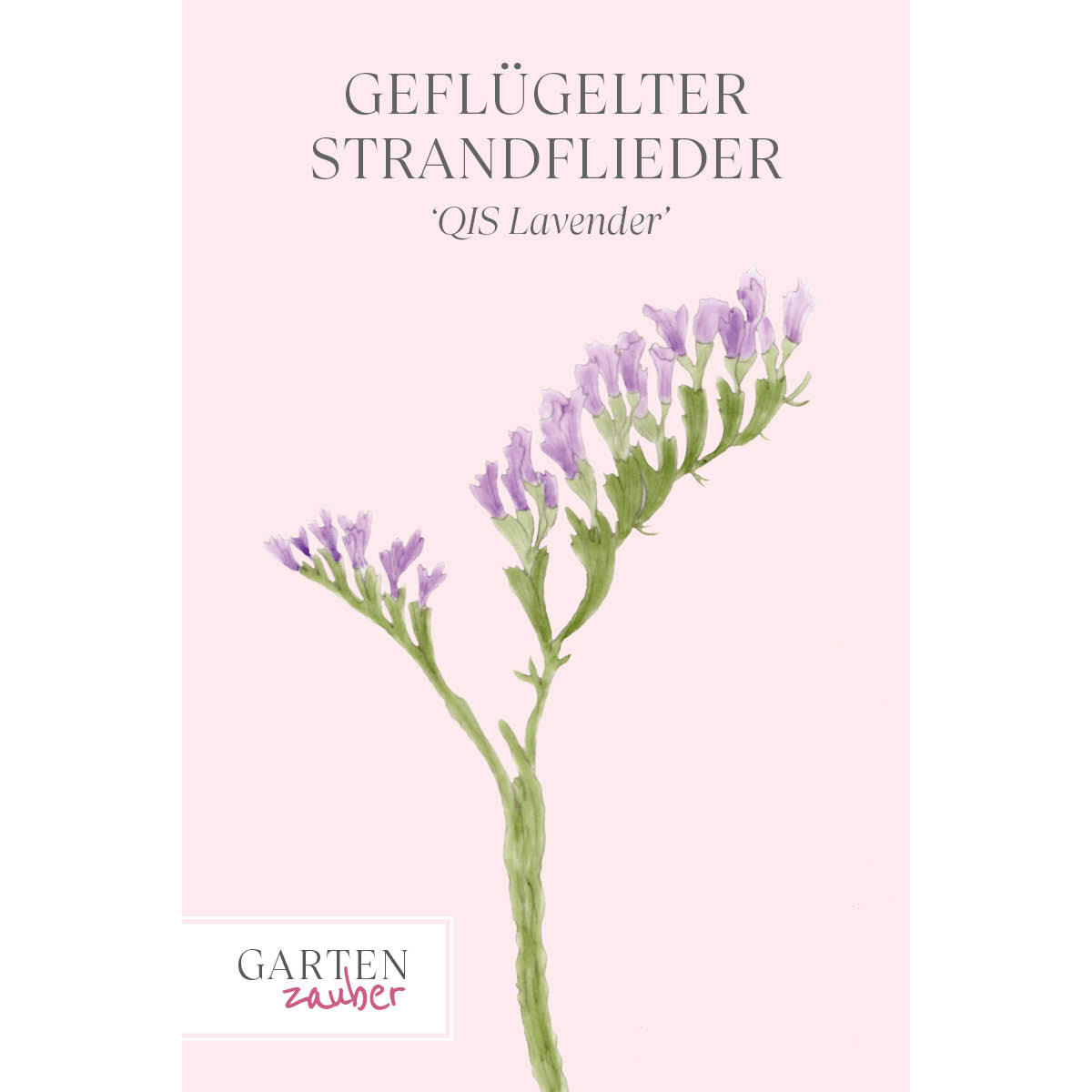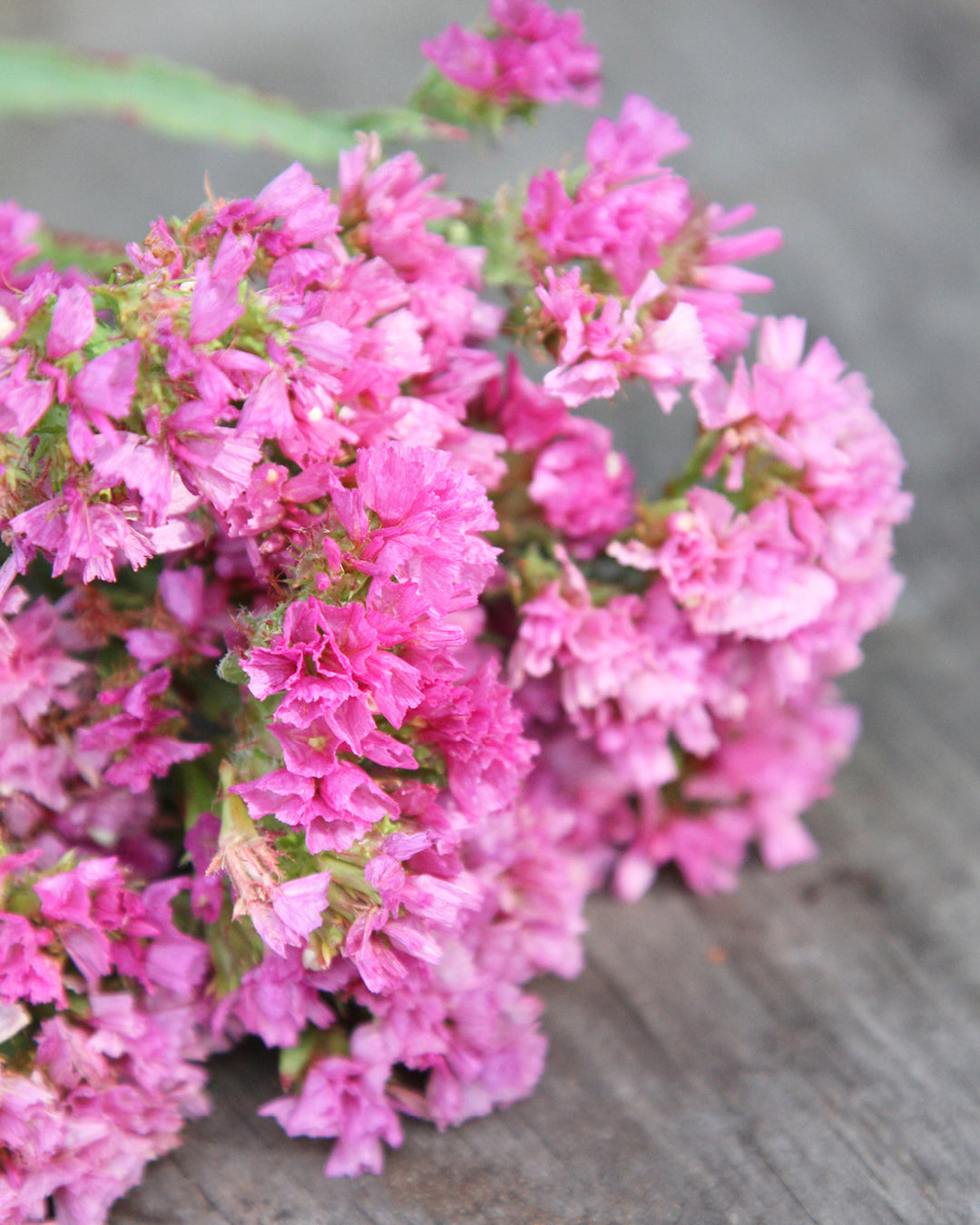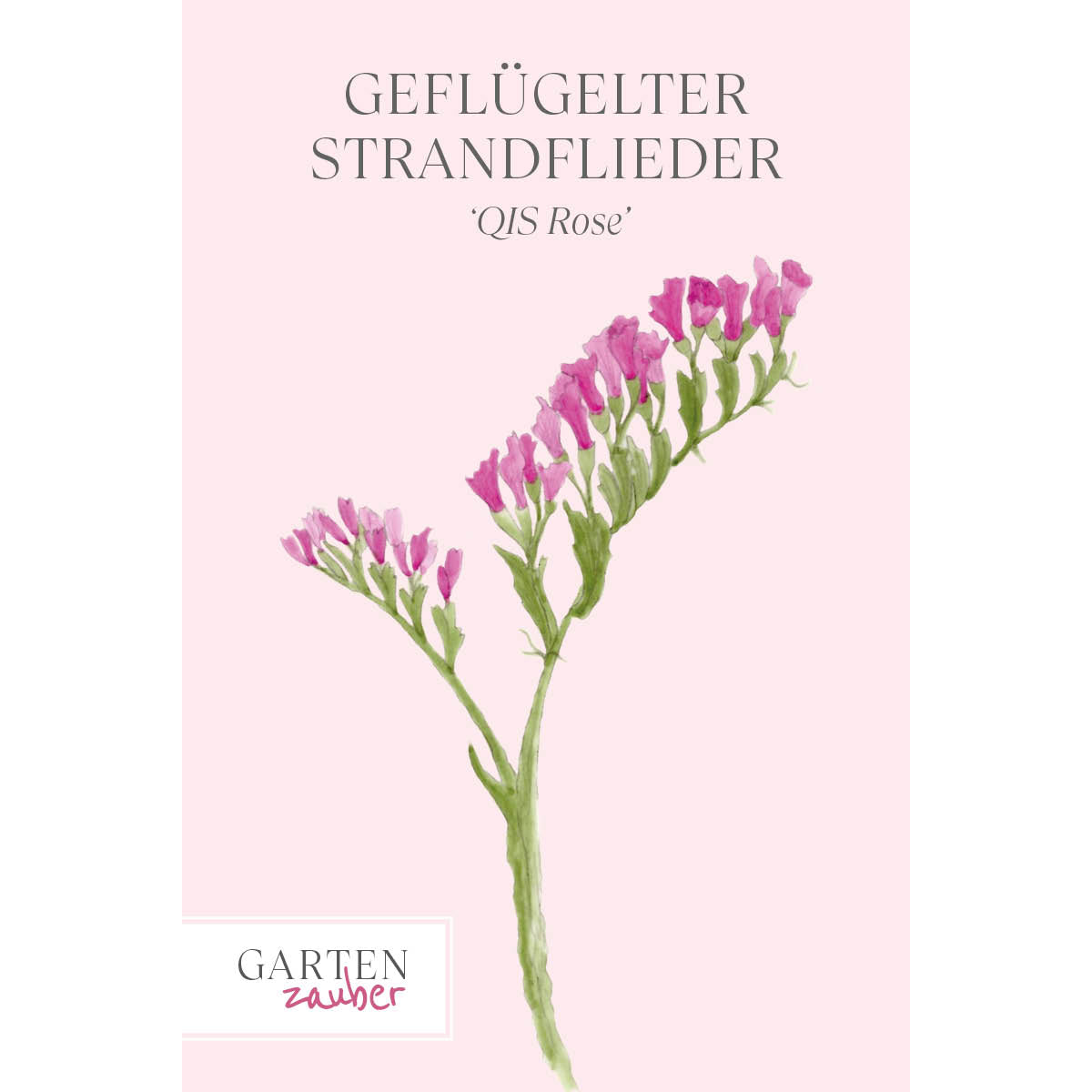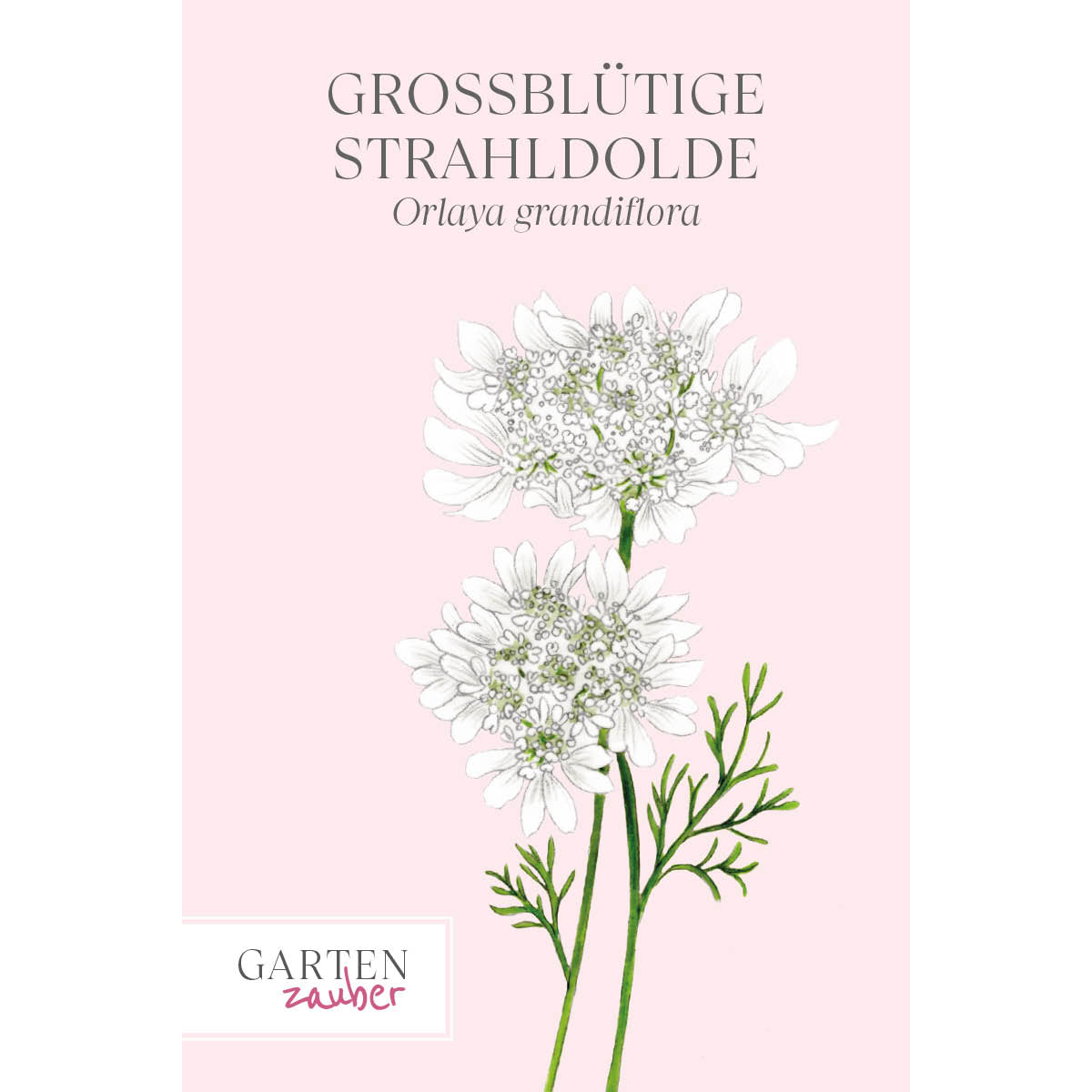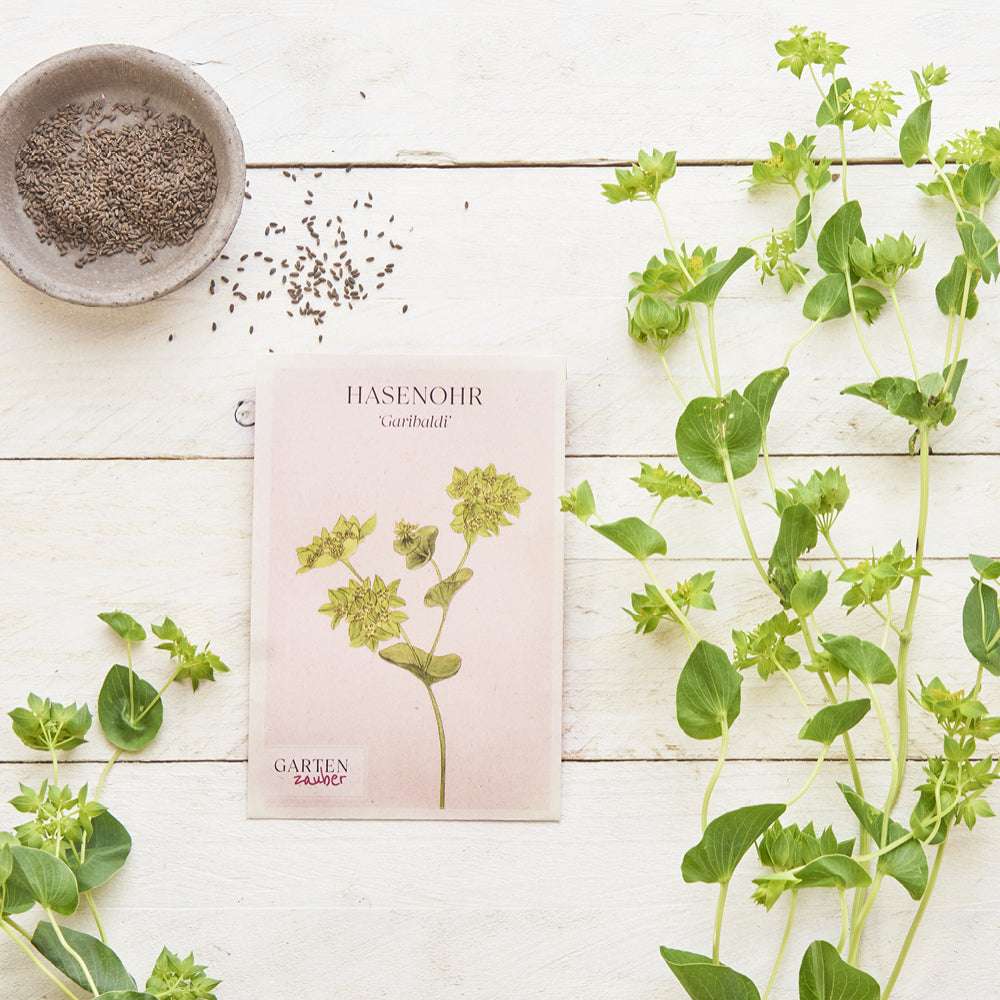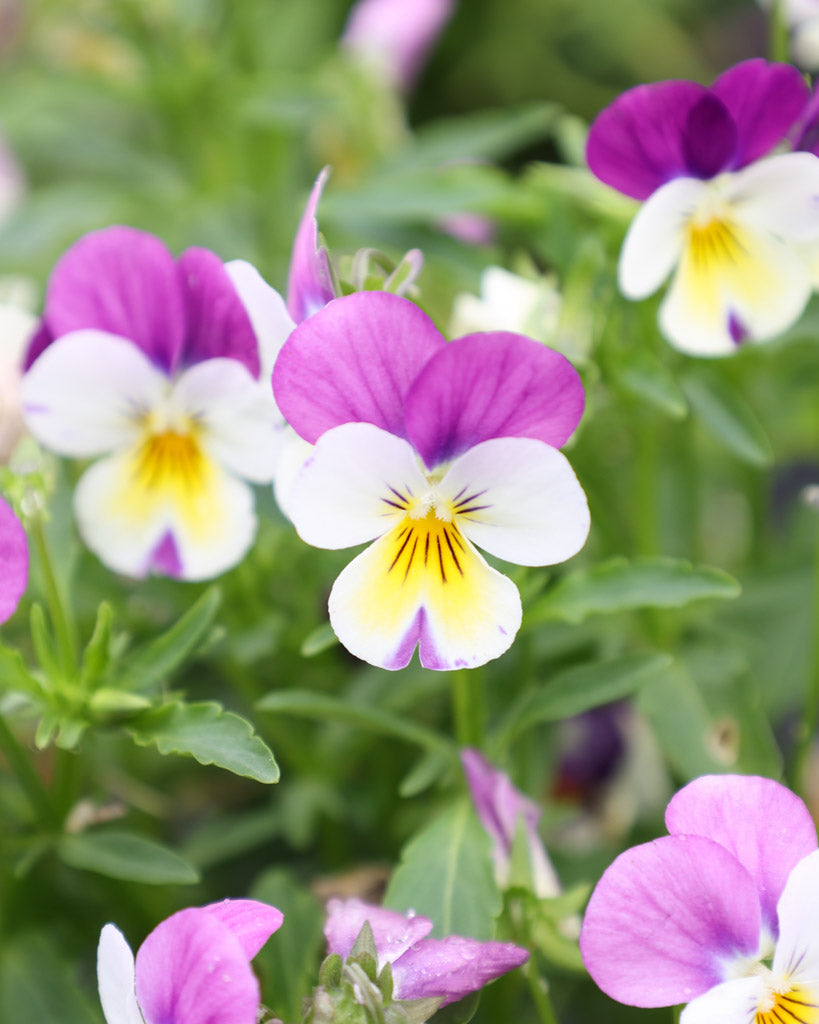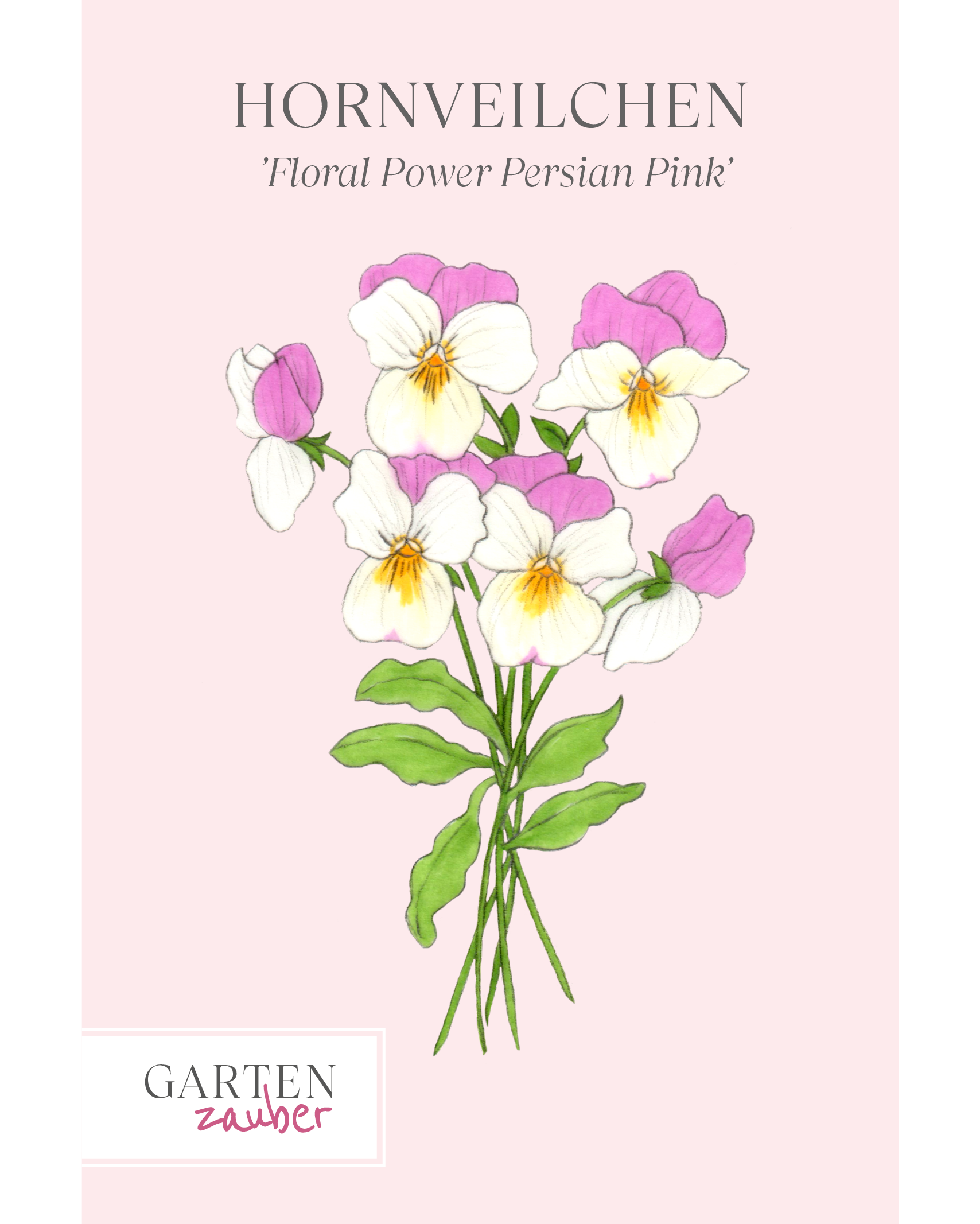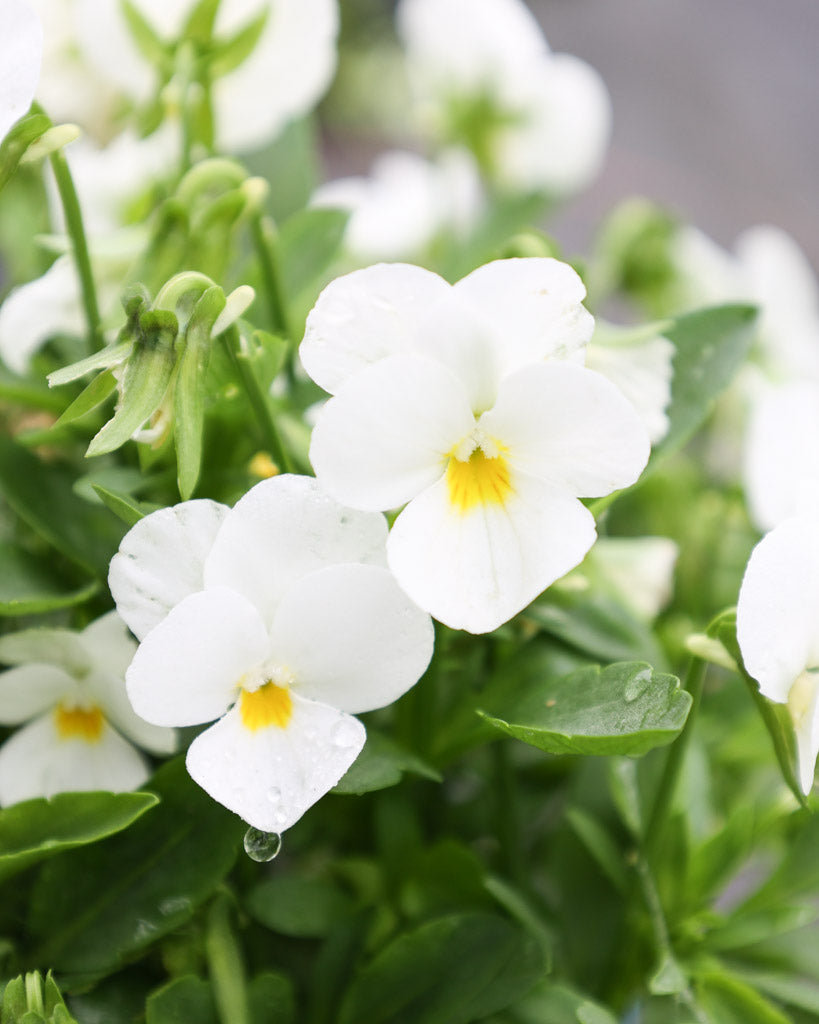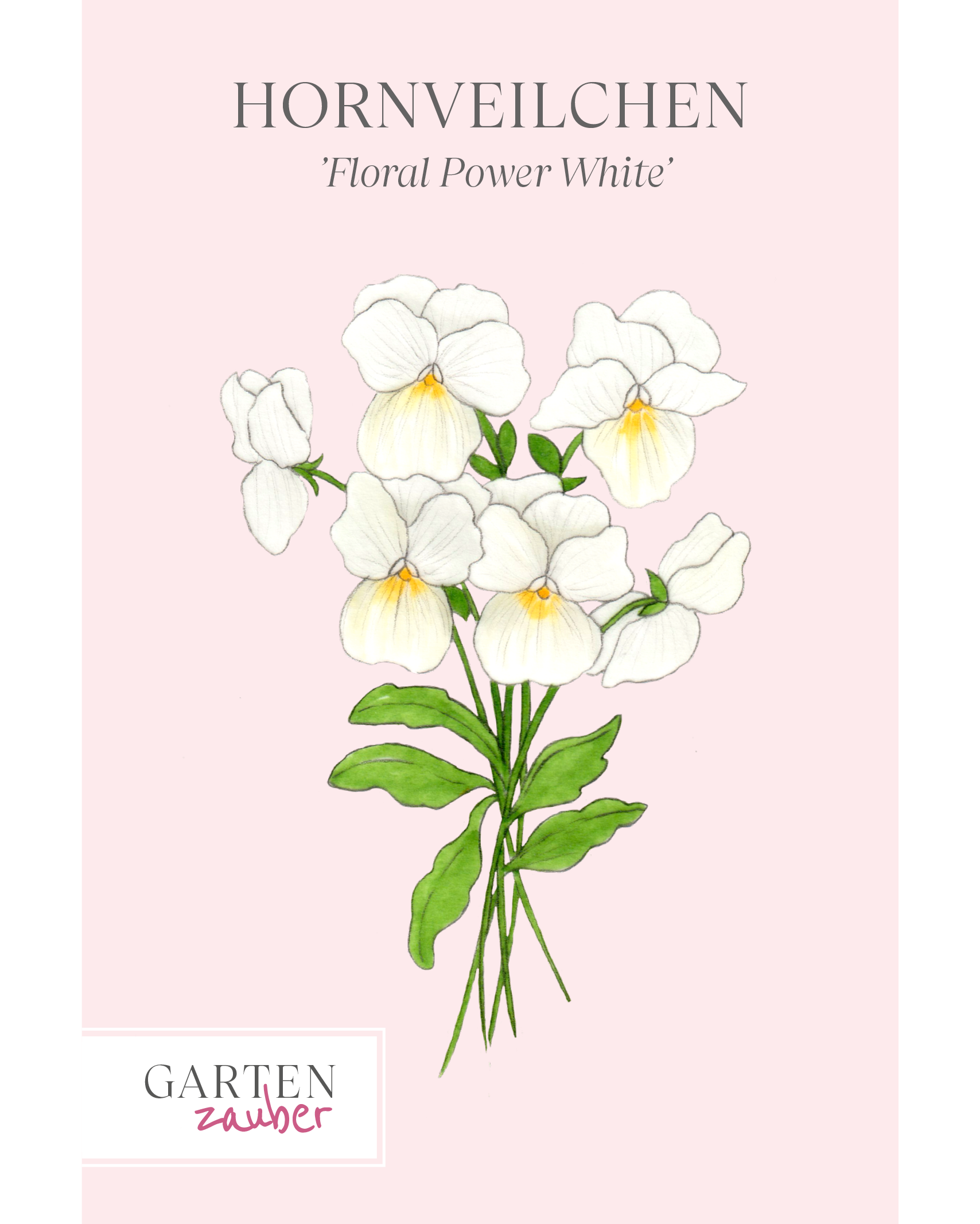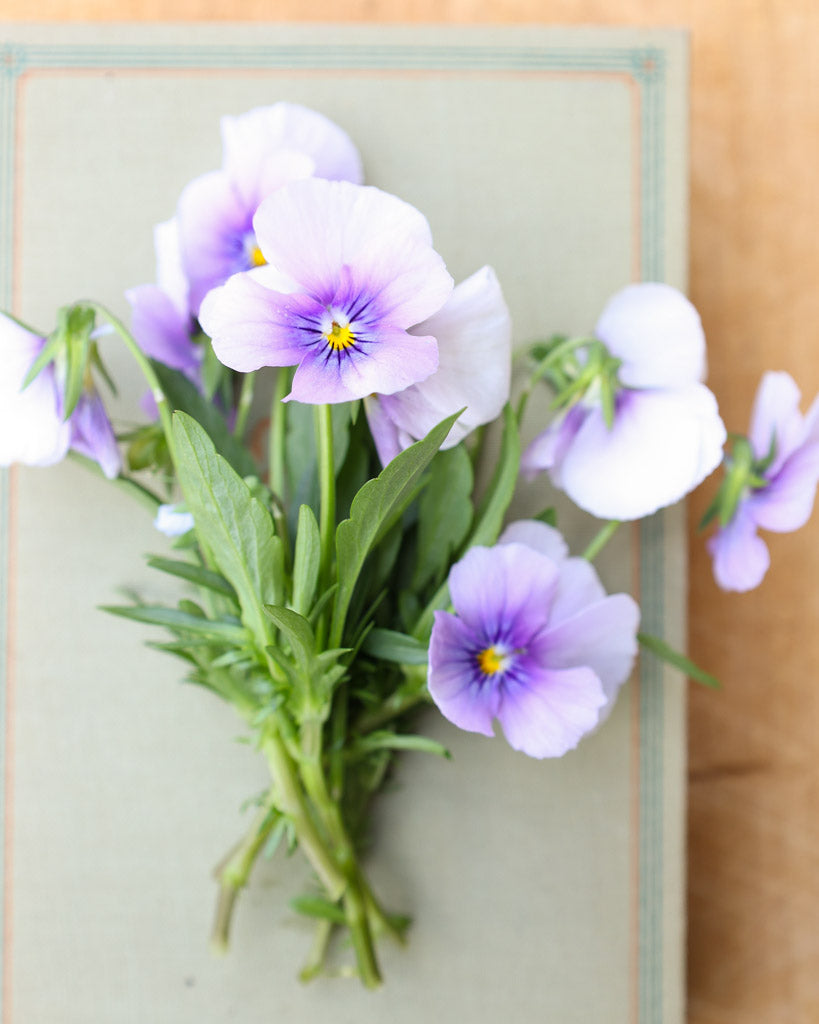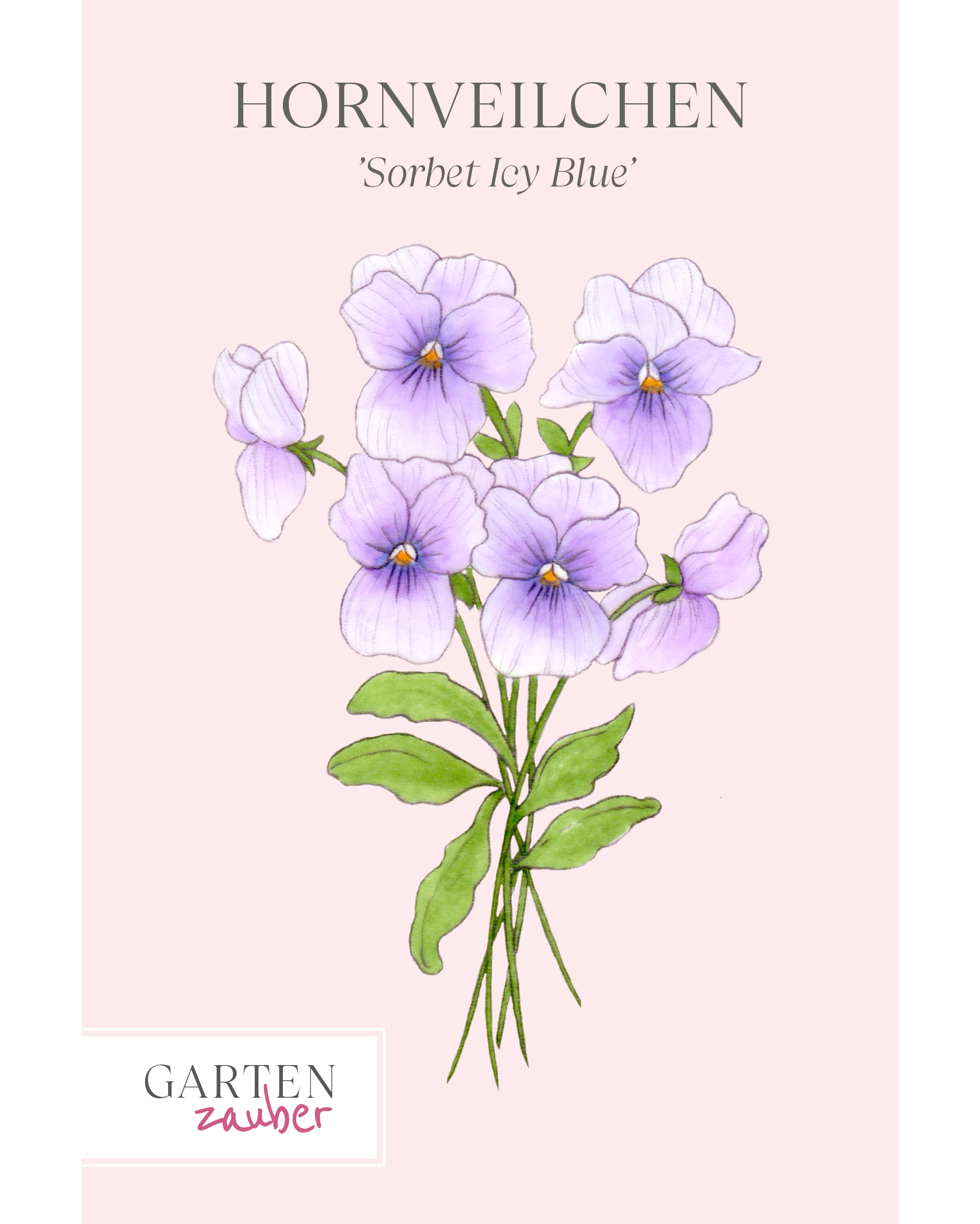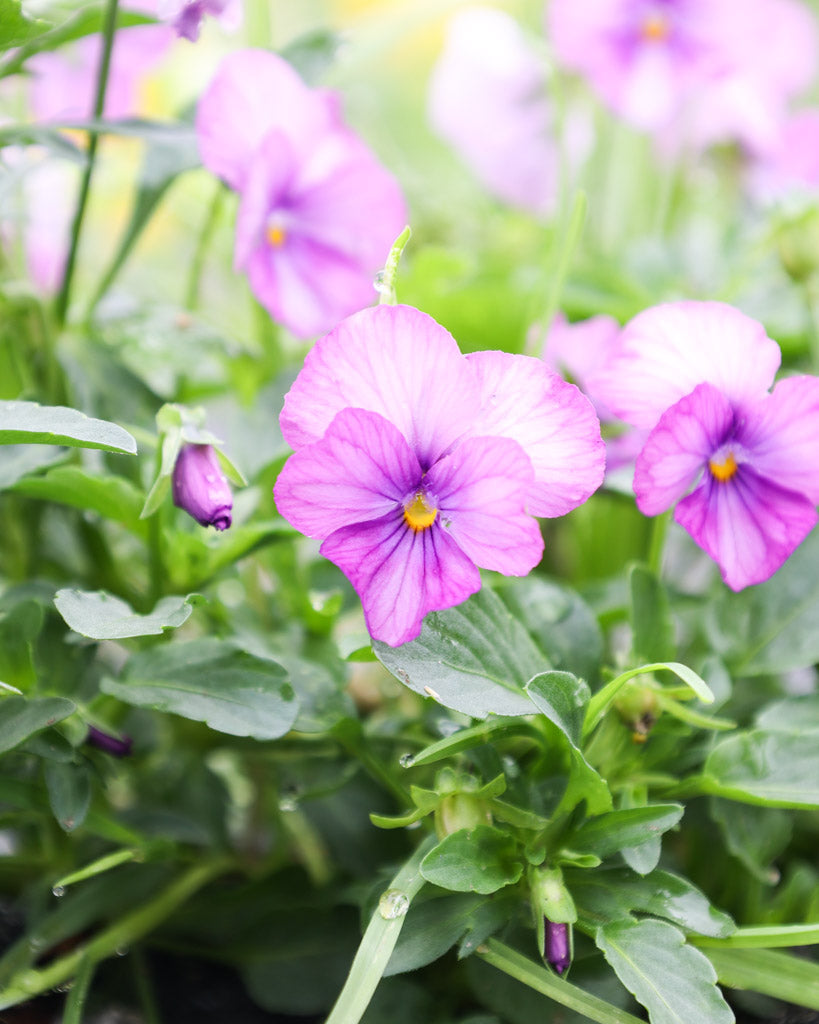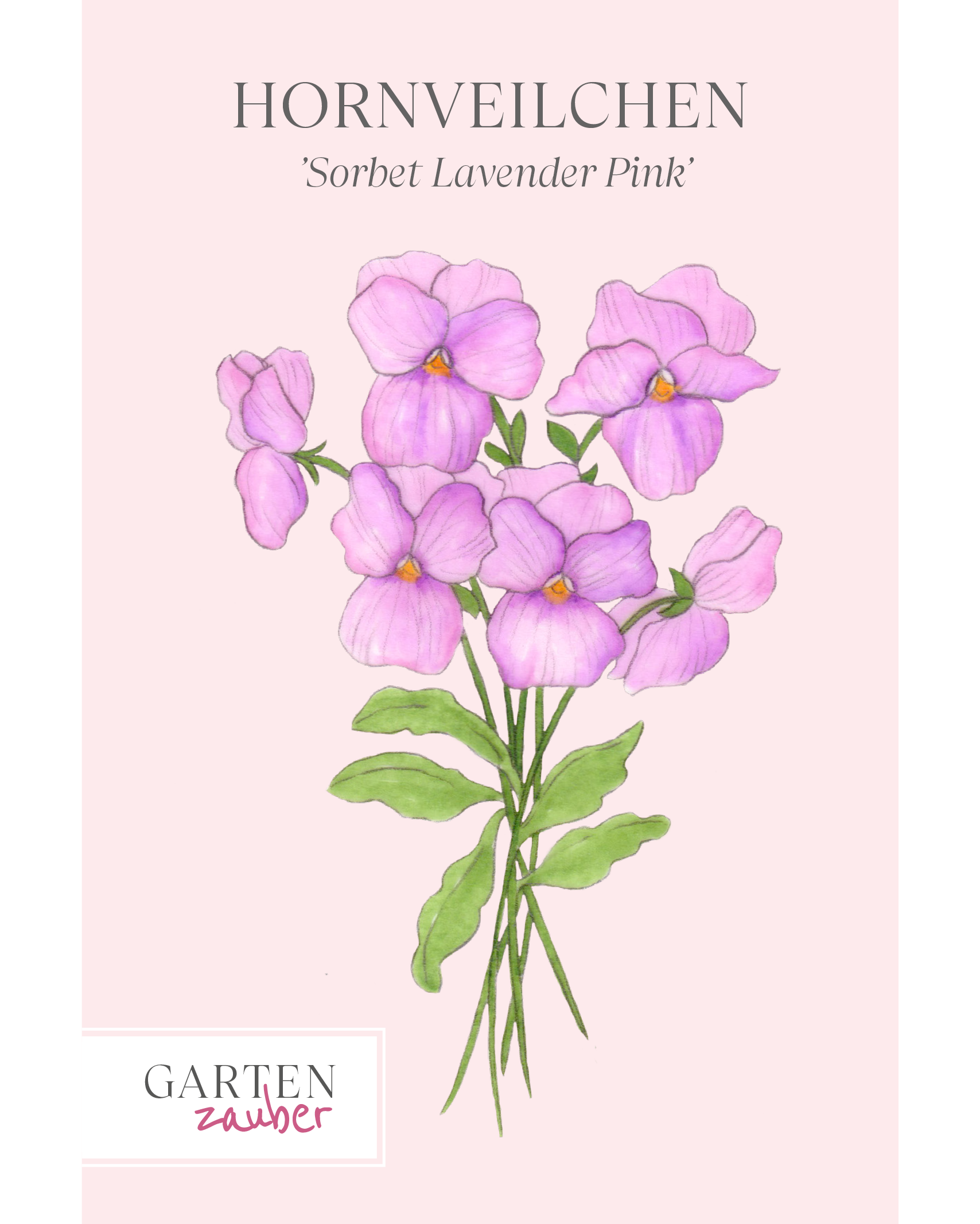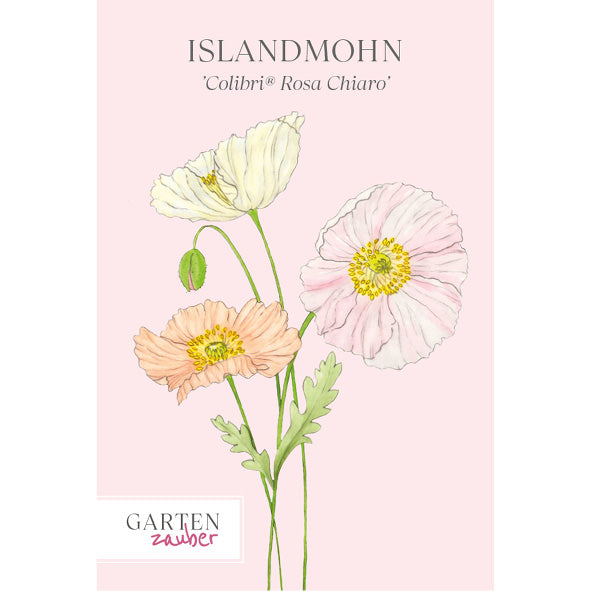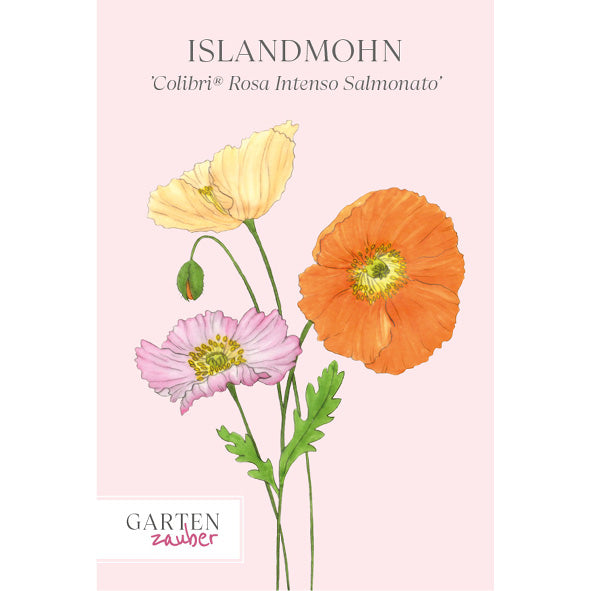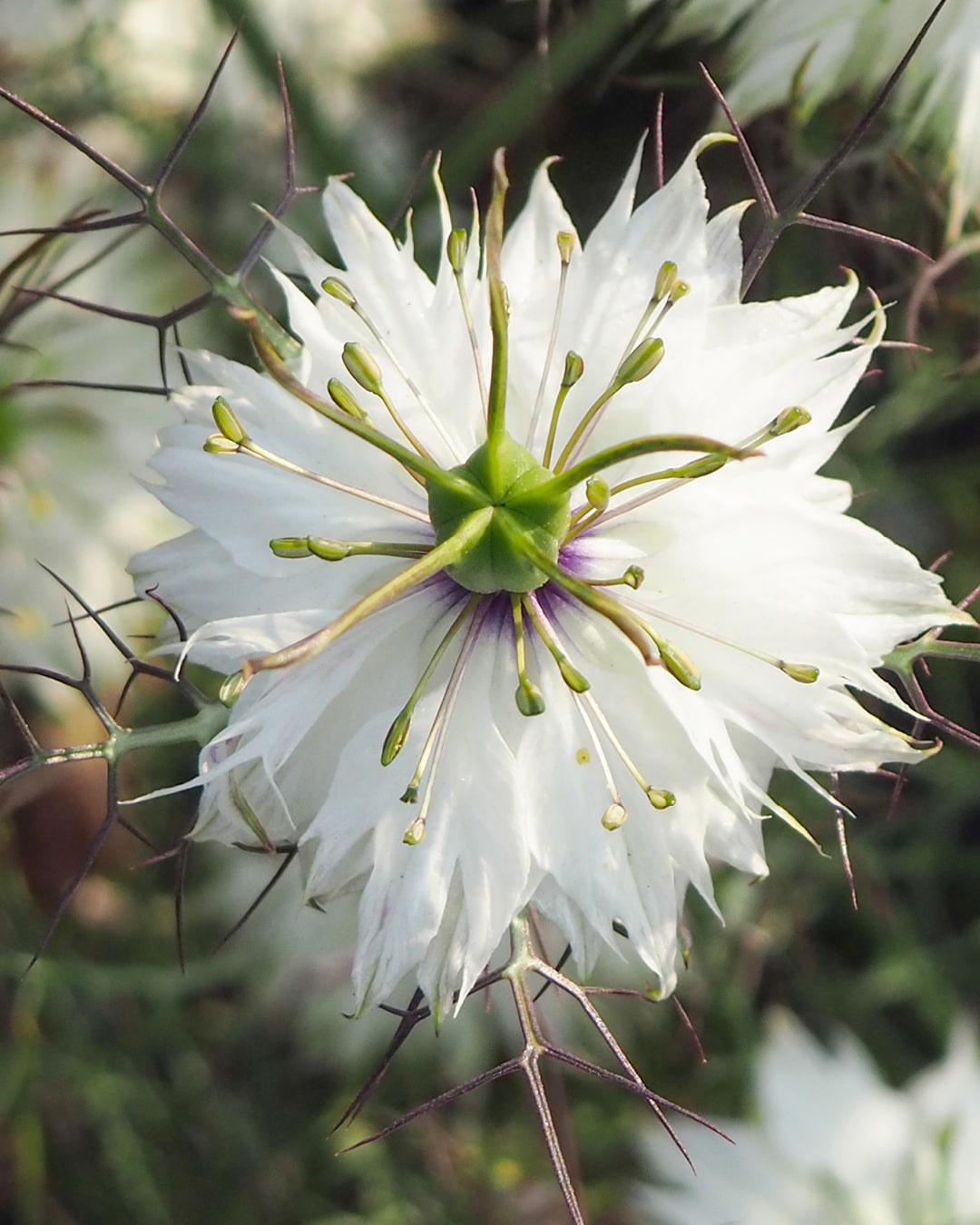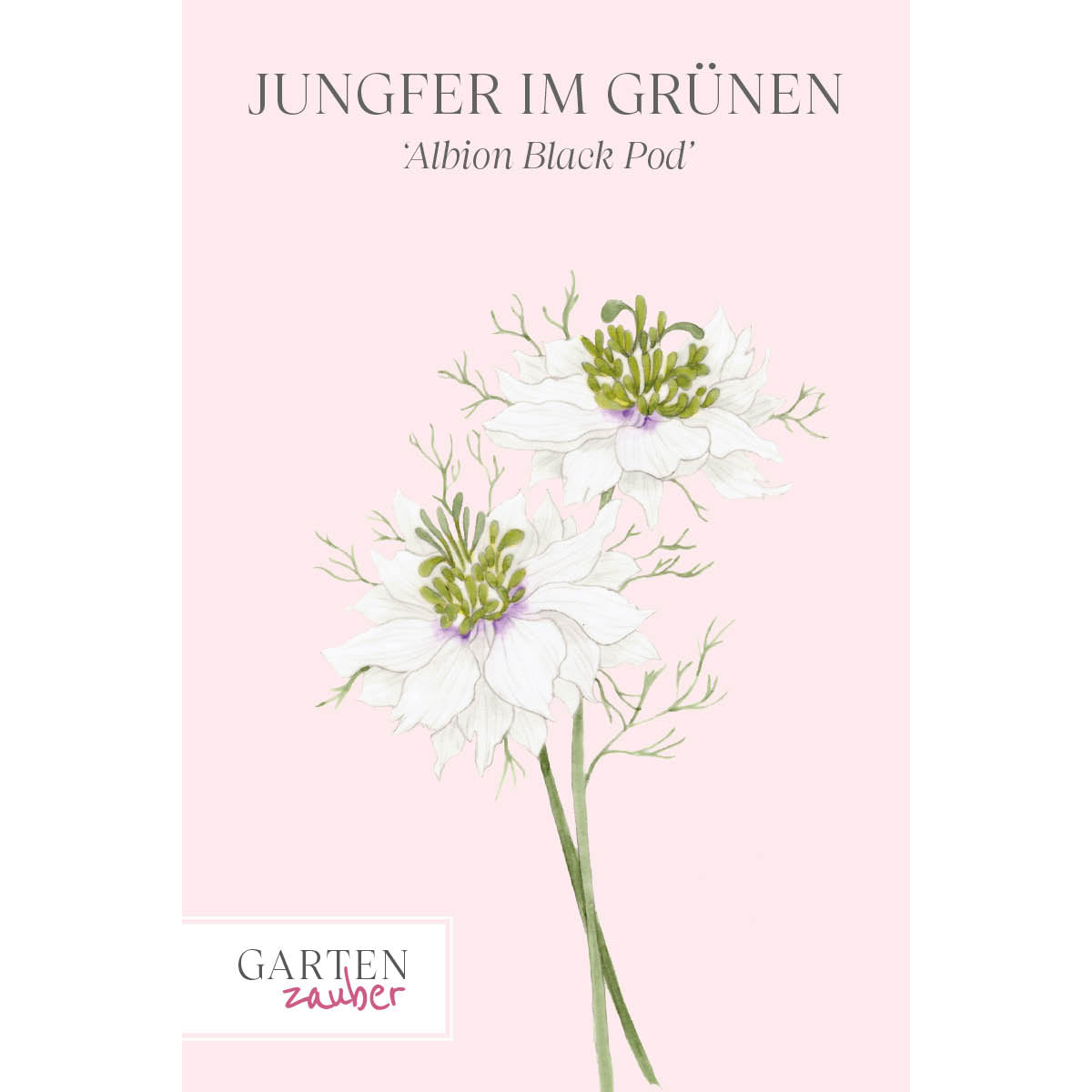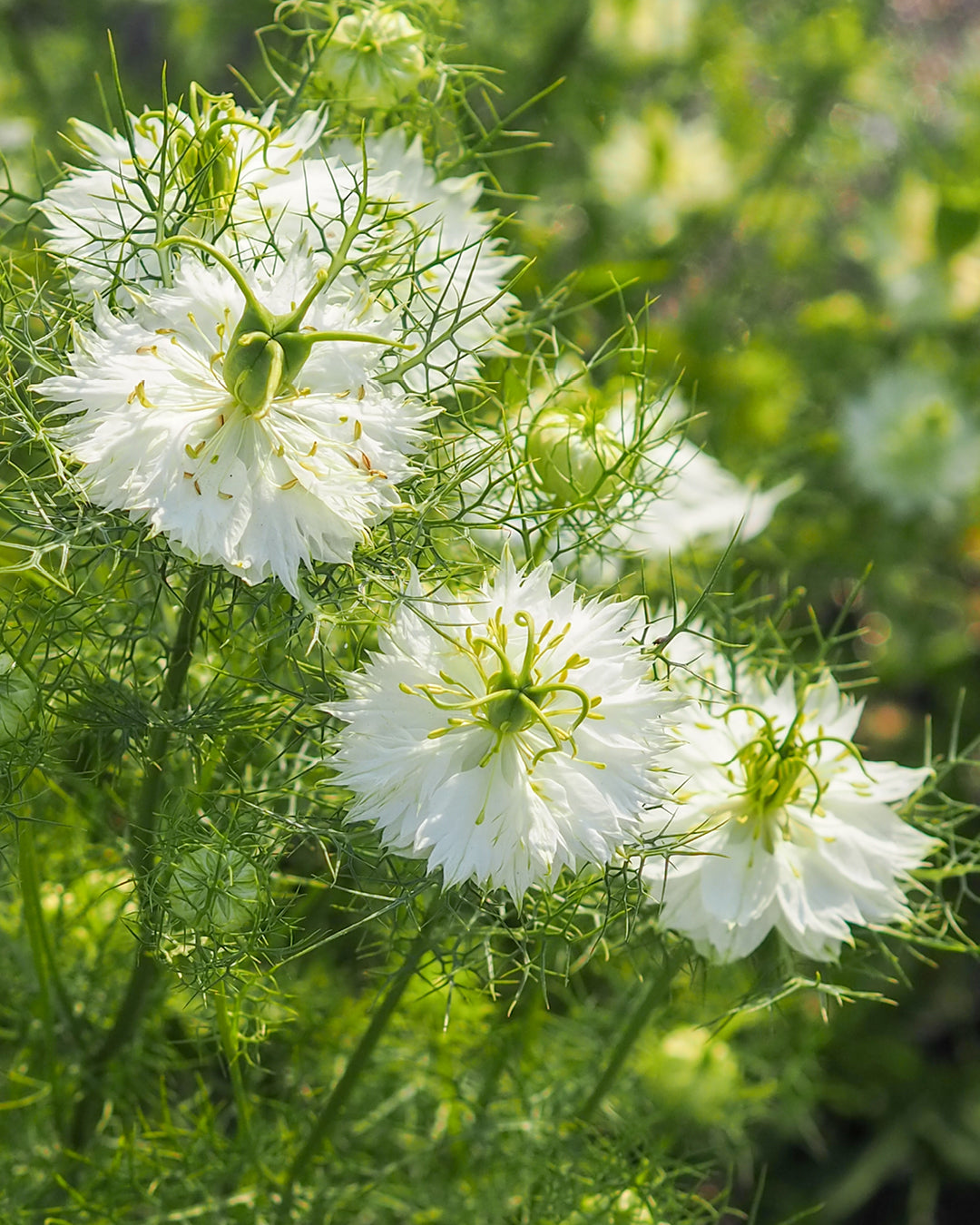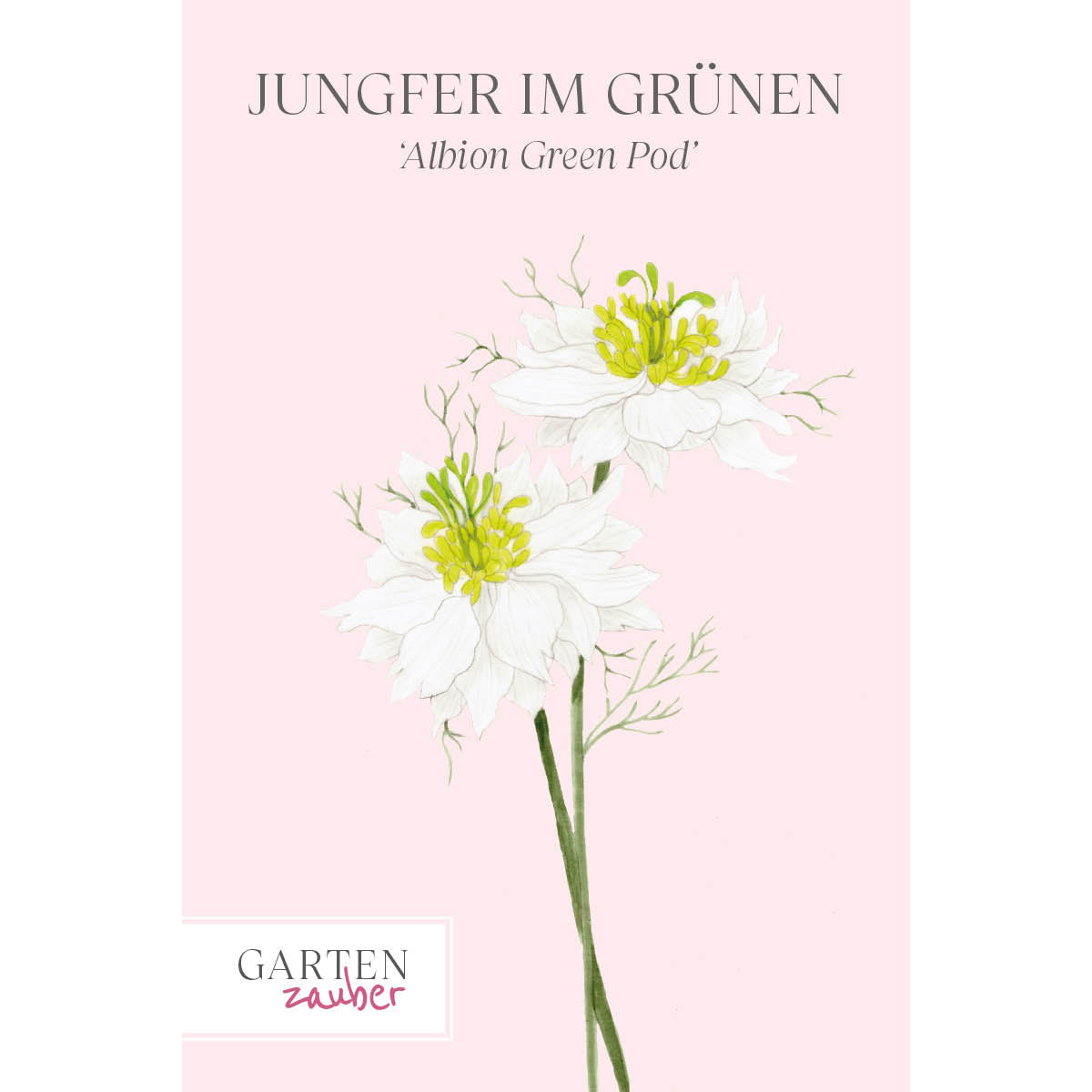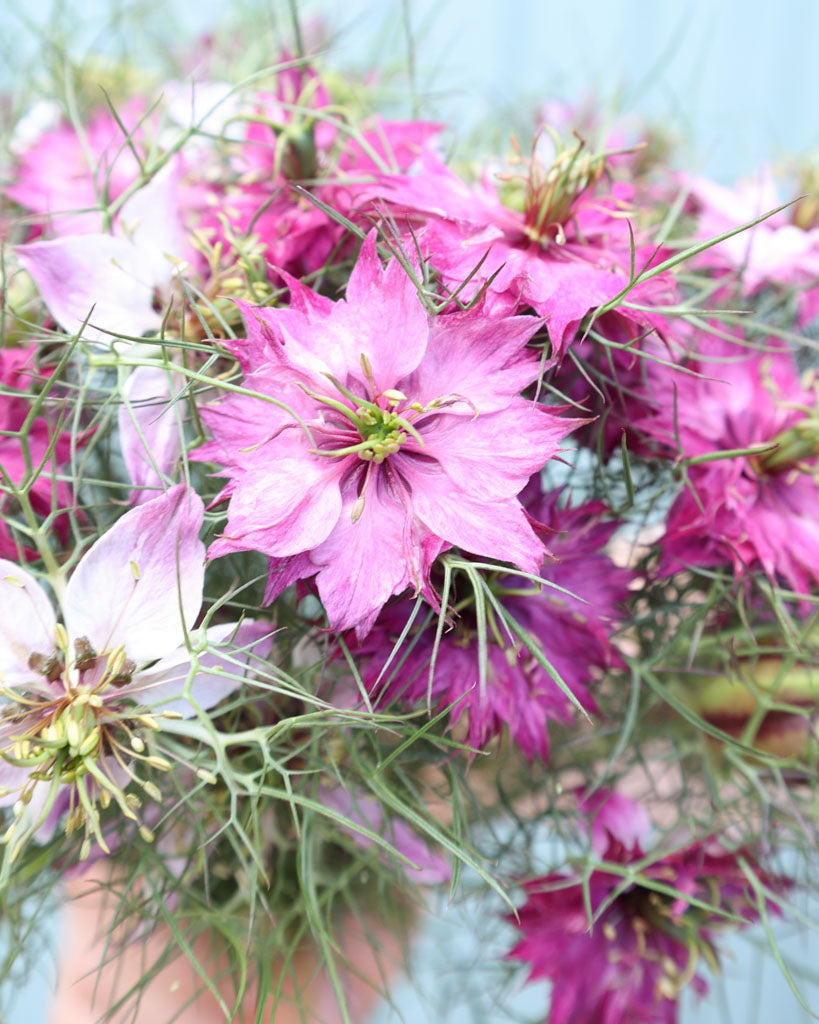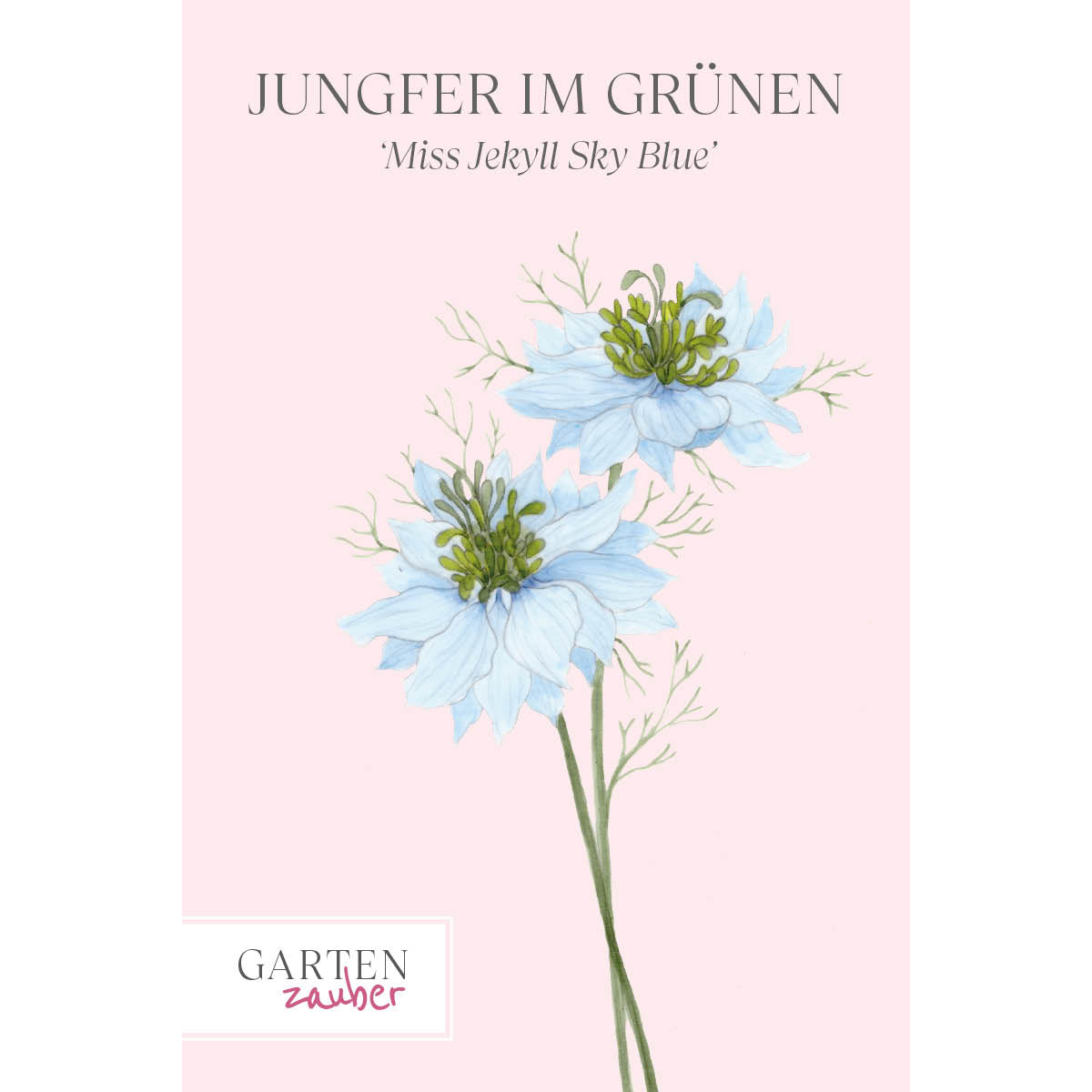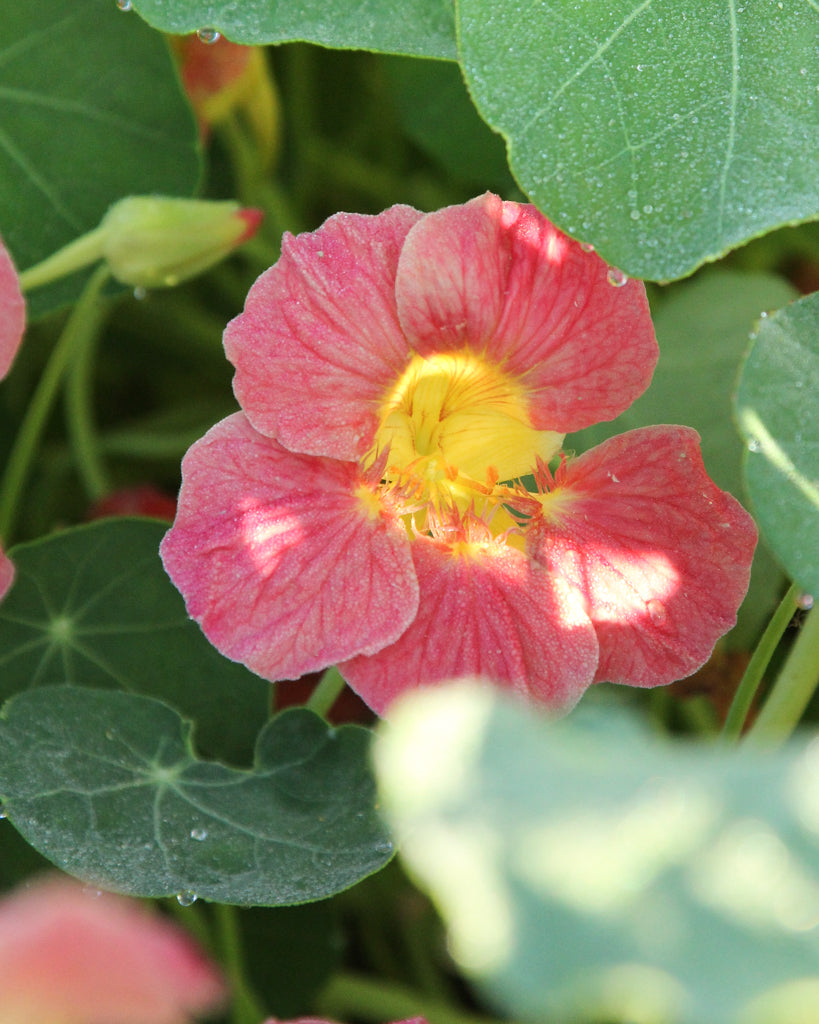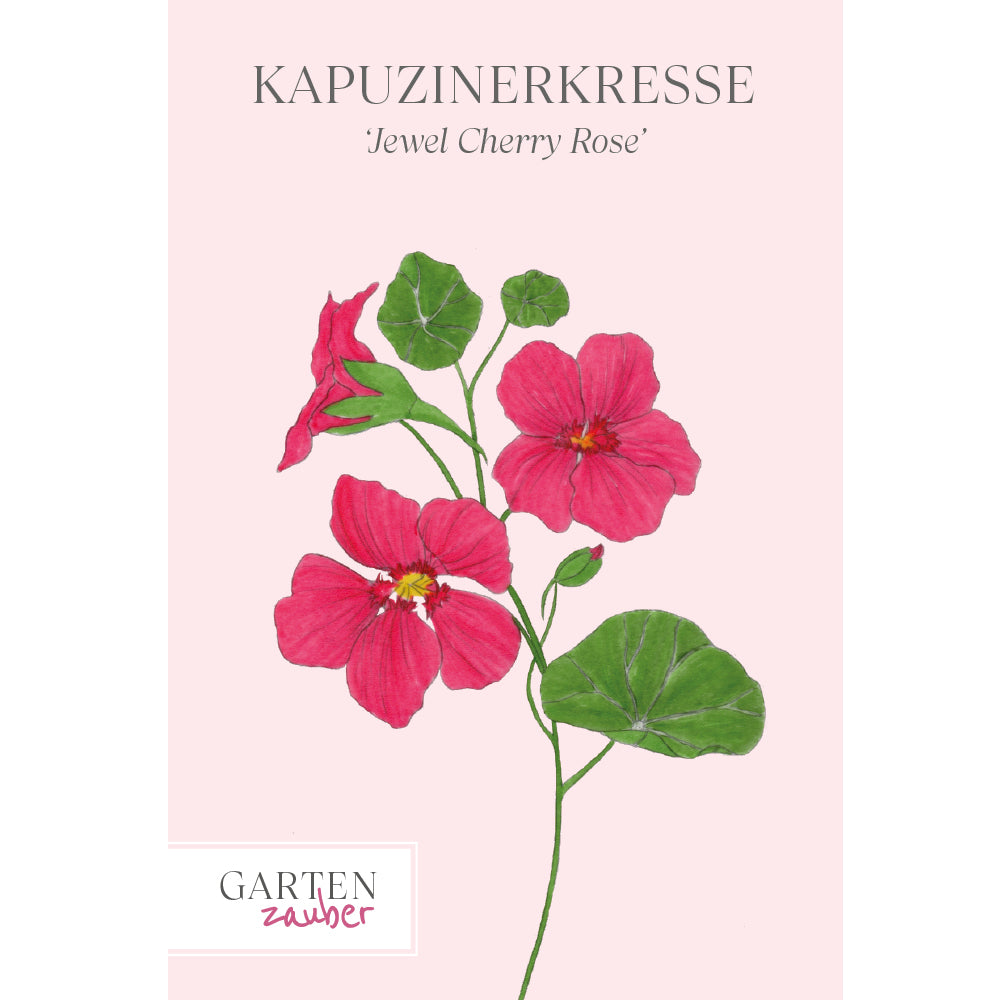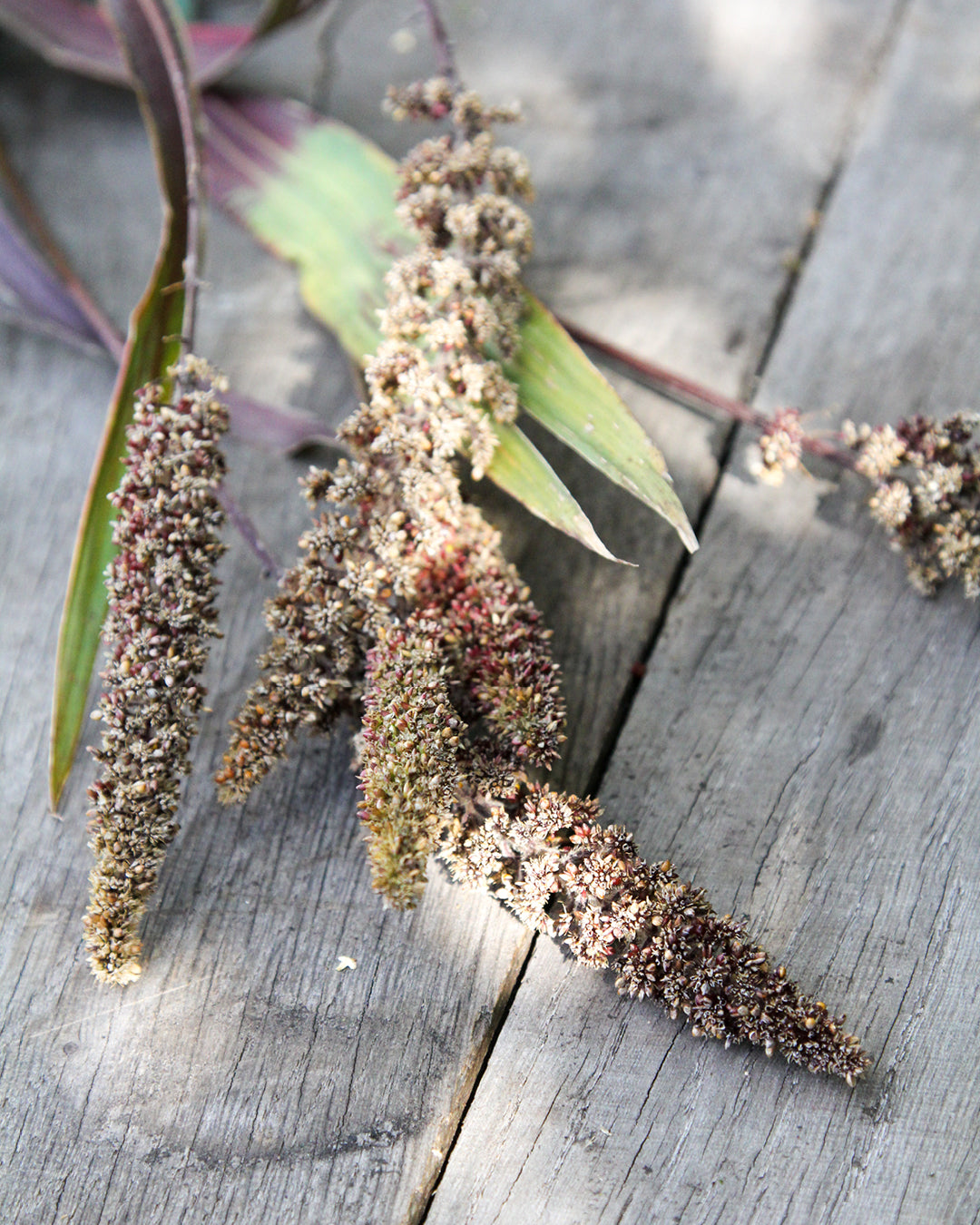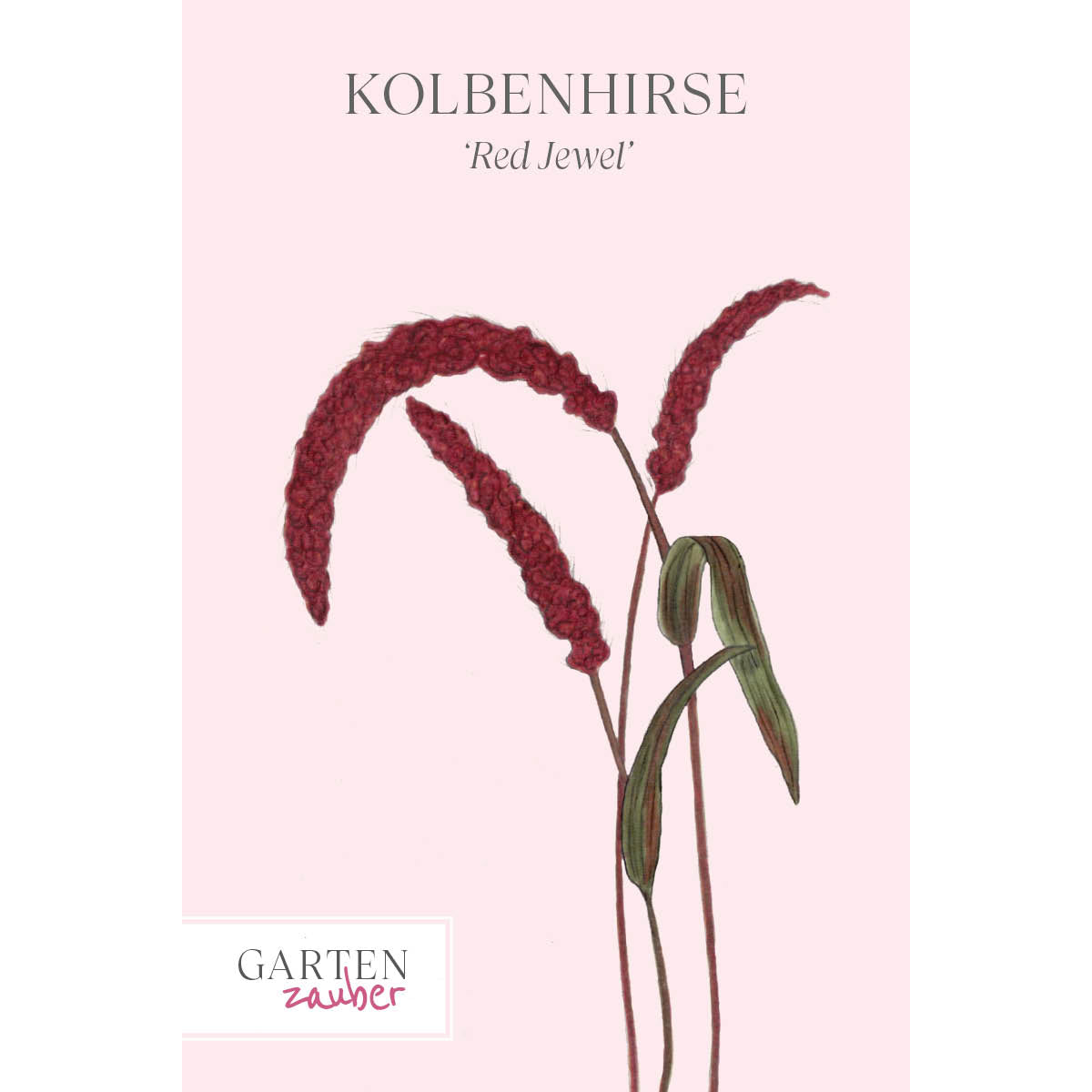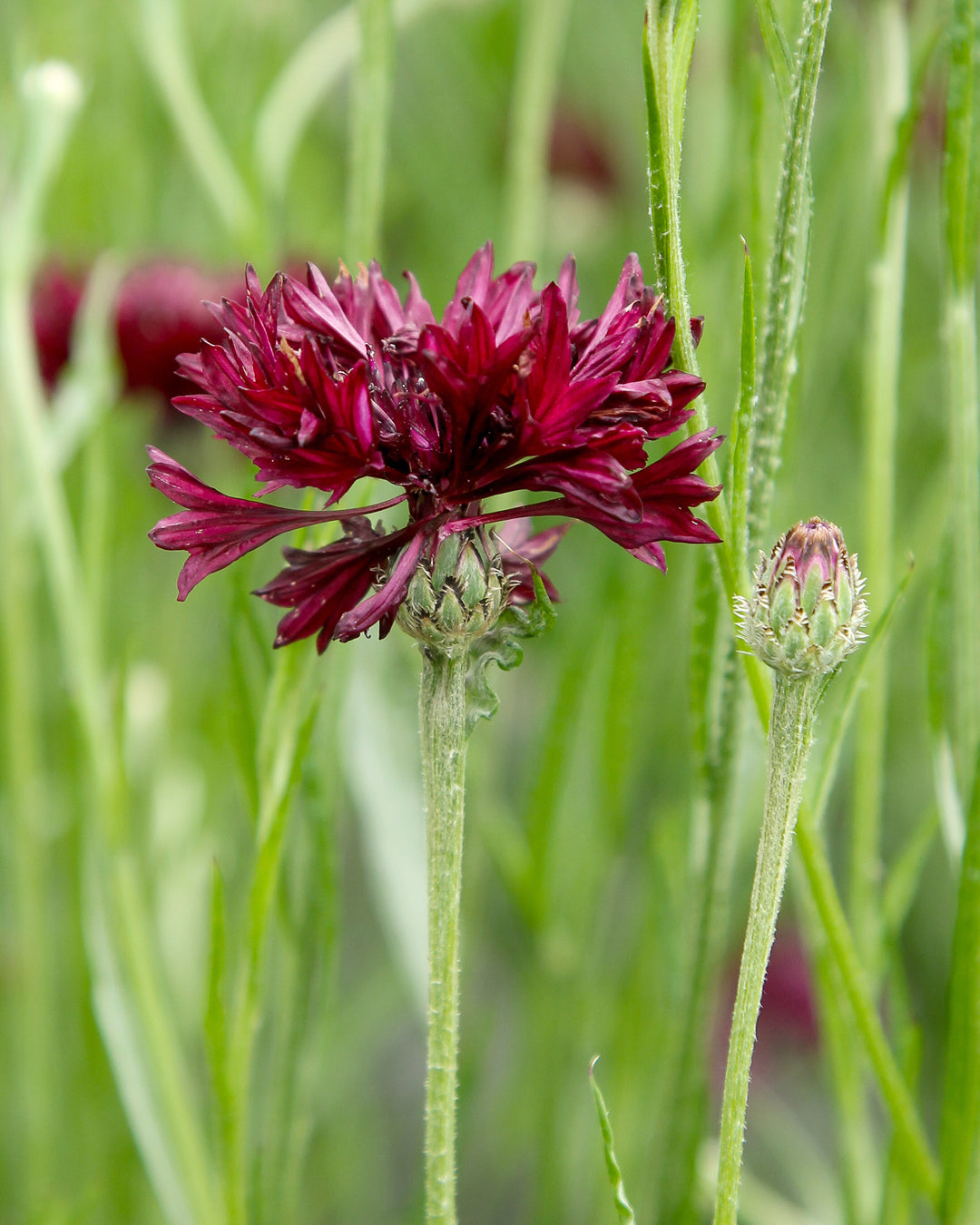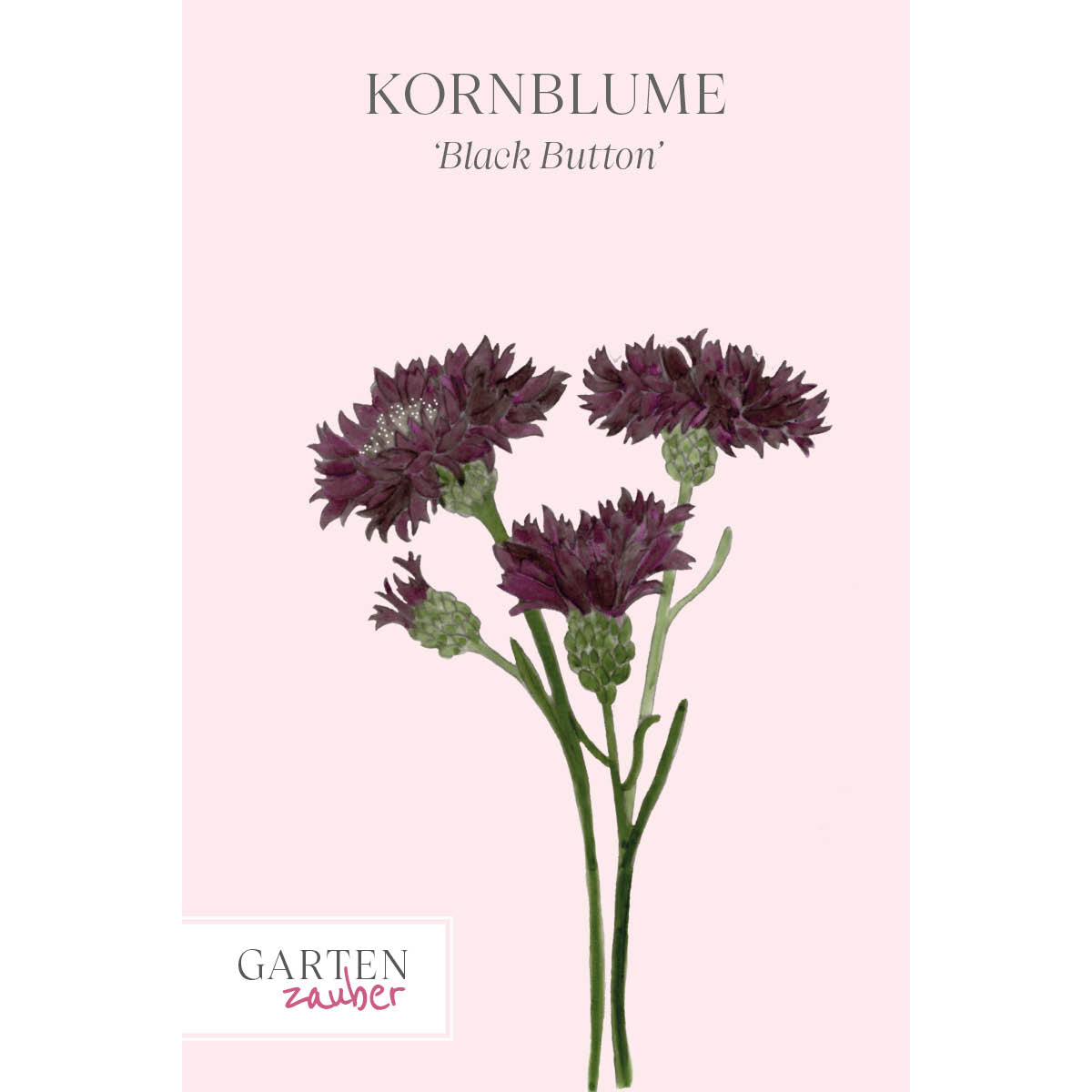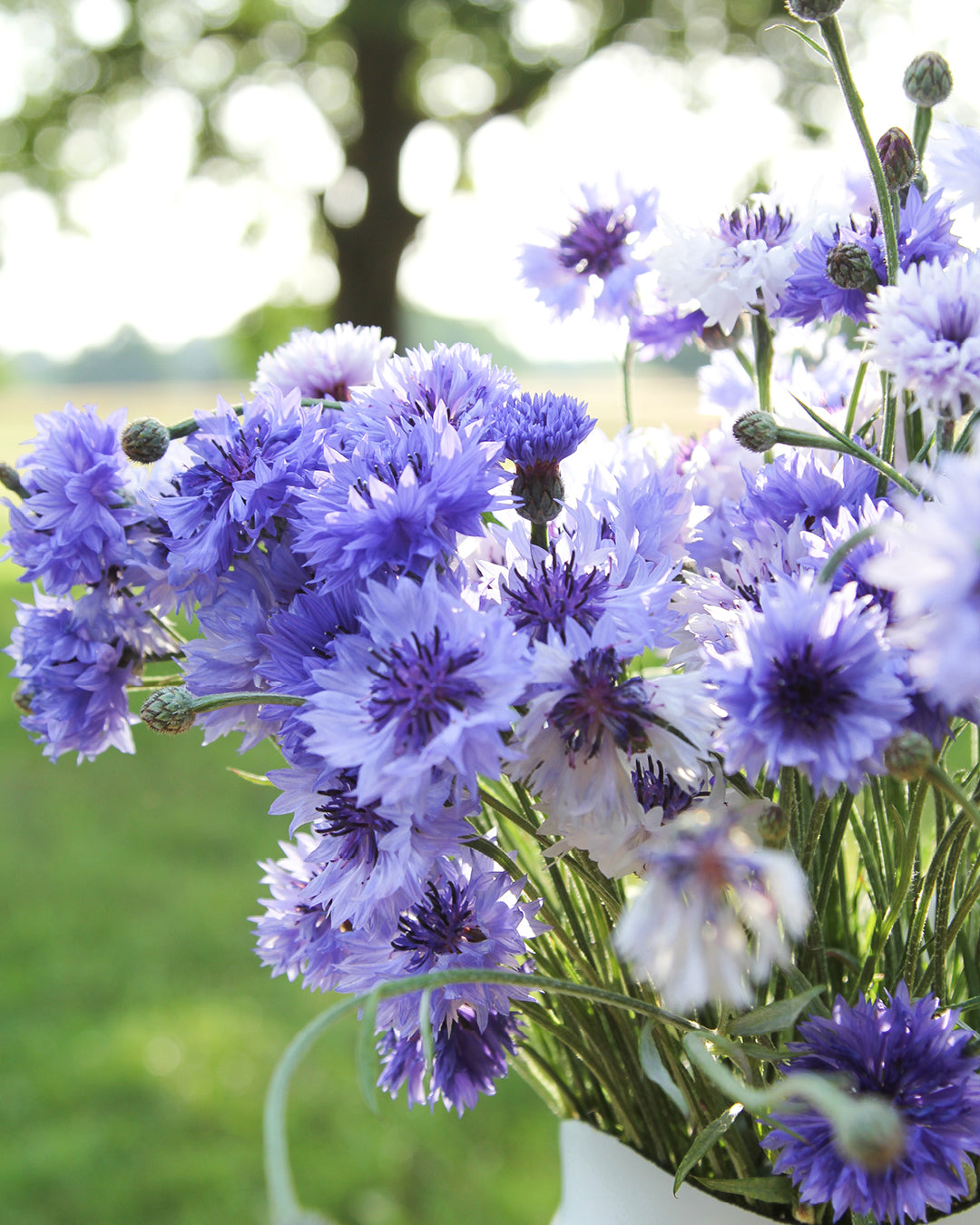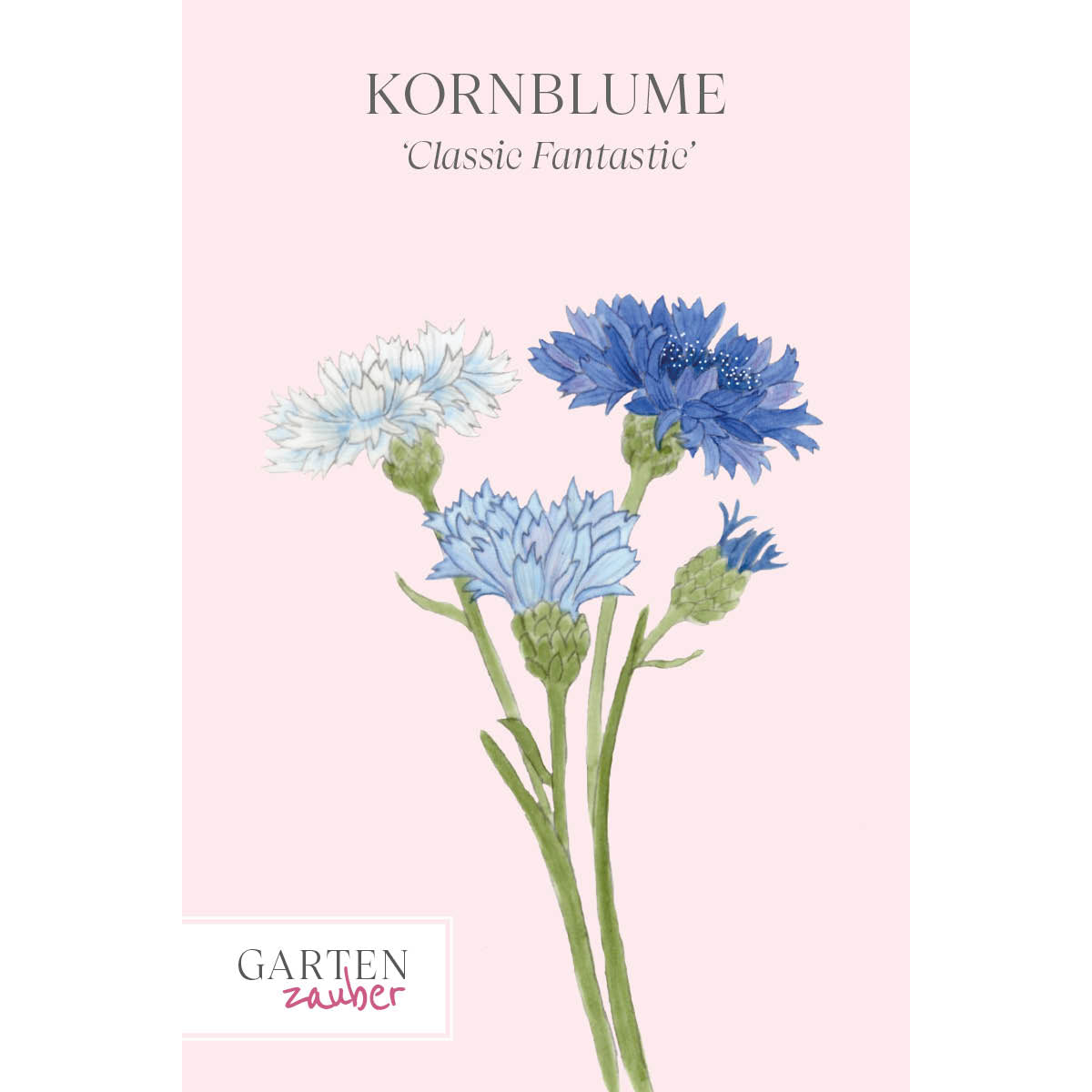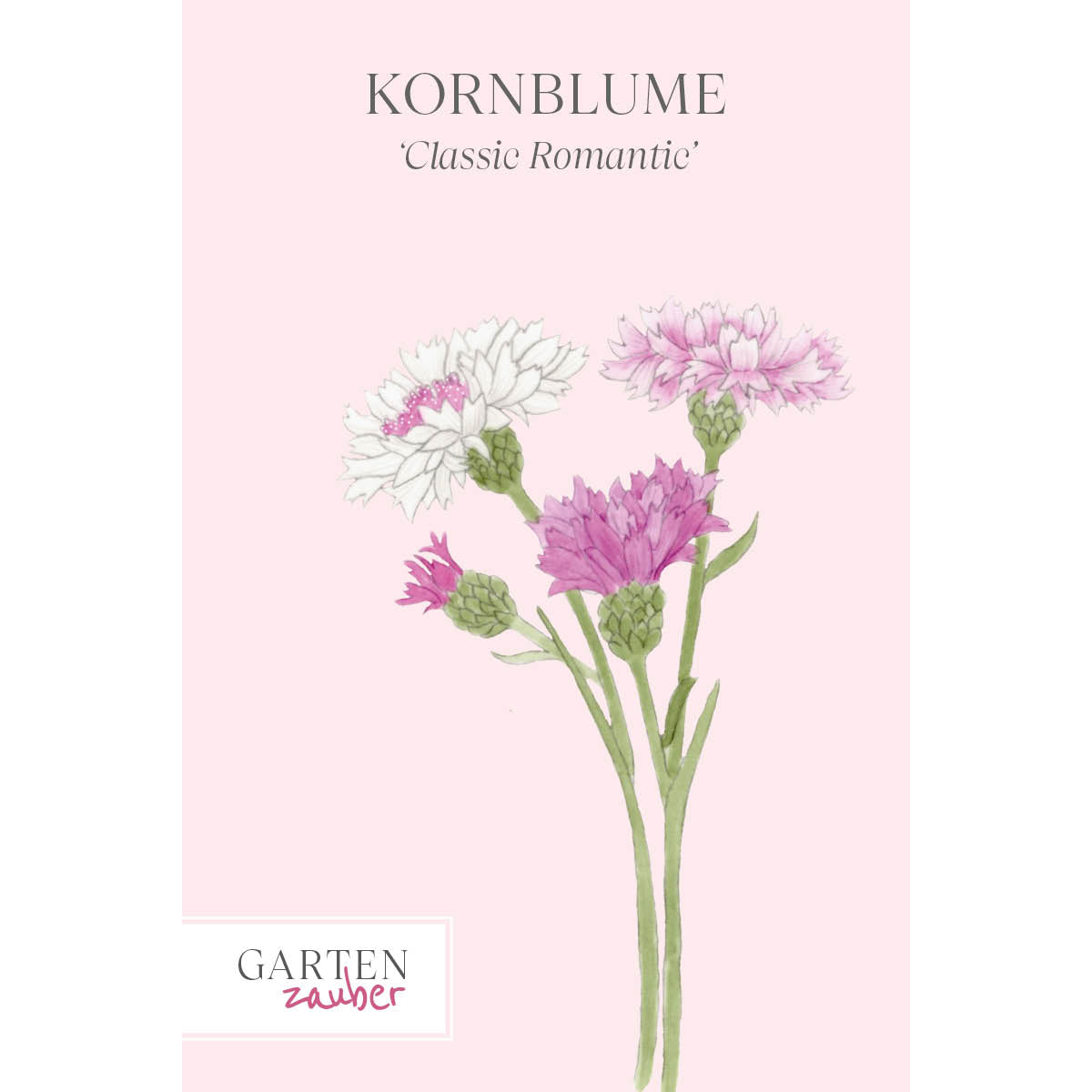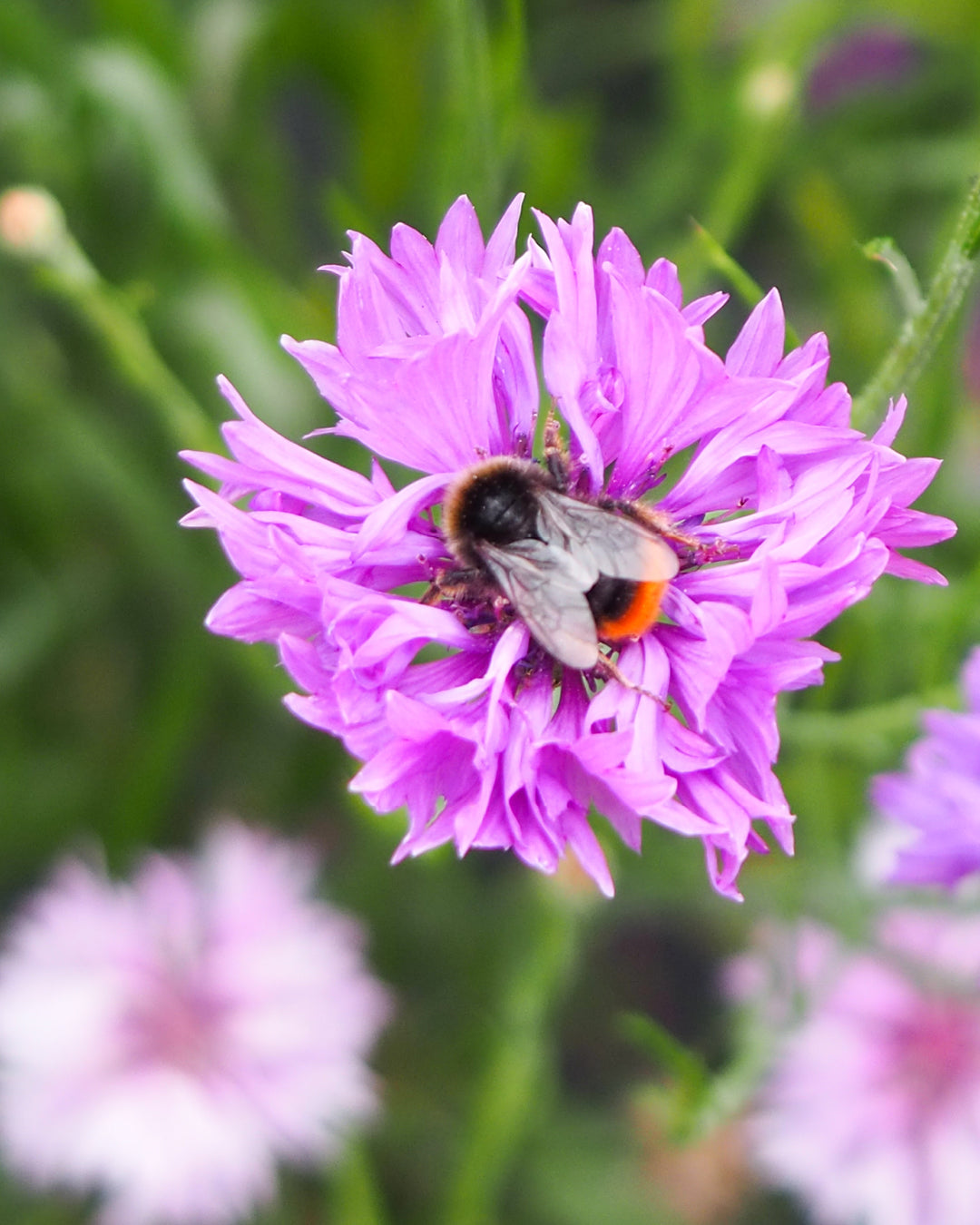
Summer flowers
Our summer flower seeds are the ideal choice for a colorful summer garden. With their diverse, vibrant blooms, summer flowers transform any flowerbed into a sea of vibrant color. Whether as a colorful mix in a flowerbed or as an eye-catcher in a vase, summer flowers not only bring color to the garden, but also joy to your life.
In our Garden Magic online shop, you'll find a carefully curated selection of summer flower seeds. We've carefully selected special varieties for you: from the delicate blossoms of cosmos like ' Apricotta ', to impressive amaranths like ' Velvet Curtains ', to fragrant sweet peas in dazzling colors like the enchanting ' Enchanté '. Discover the variety and be inspired by the floral splendor.
In the Gartenzauber online shop you can order seeds of the most beautiful summer flower varieties at any time.
Buy garden magic summer flower seeds for your summer garden

Order summer flower seeds and enjoy a floral splendor in your garden
Mit der Aussaat von Sommerblumen setzt du farbenfrohe, filigrane oder romantische Akzente in deinem Garten – perfekt abgestimmt auf deinen Geschmack. Unser Sortiment an Sommerblumensamen bietet besondere Sorten, die deine Blumenbeete und Arrangements zur Blütezeit in echte Hingucker verwandeln. Neben klassischen Varianten die der Gartenskabiose ‚Oxford Blue‘ erwarten dich im Gartenzauber Online Shop auch außergewöhnliche Sorten, wie die Sonnenblume ‚Pro Cut White Lite‘.
Verleihe deinem Sommergarten mit traumhaften Blüten frische Dynamik und Farbe. Mit unserem ausgewählten Sortiment an Sommerblumen Samen gehört Eintönigkeit der Vergangenheit an – wir haben mit viel Liebe besondere Sorten für jeden Stil zusammengestellt.
Besonders beliebt sind die Samen der Wilden Möhre ‚Dara‘, des Erd-Ginsengs und des Schmuckkörbchens ‚Apricotta‘. Entdecke deine Lieblingssorte und bringe frischen Wind in deinen Garten oder auf deinen Balkon!

Garden Magic Online Shop Summer Flower Seeds: How to achieve the splendour of flowers
Sommerblumen sind eine Augenweide im Garten. Um sicherzustellen, dass dein Saatgut optimal keimt, empfehlen wir die Voranzucht im Frühjahr drinnen. Die Direktaussaat im Freiland birgt Risiken wie Kälte, Hitze oder Nässe. Durch die Voranzucht schaffst du ideale Bedingungen und schützt das Saatgut vor Fraßfeinden wie Vögeln und Nagetieren.
Die Vorkultur bringt auch den Vorteil, dass deine Sommerblumen früher blühen und du dich länger an der Blütenpracht erfreuen kannst. Beachte bei der Aussaat immer die unterschiedlichen Anforderungen der Sorten, es gibt Lichtkeimer, Dunkelkeimer und Kaltkeimer. Weitere Tipps hierzu findest Du bei uns im Gartenzauber Online-Shop.
Säe das Sommerblumen Saatgut in lockere, nährstoffreiche Erde, die gleichmäßig feucht, aber nicht zu nass ist. Nach dem Keimen können die kleinen Pflanzen bald pikiert und nach den Eisheiligen, ab Mitte Mai, an ihren endgültigen Standort im Garten umgepflanzt werden.
Häufig gestellte Fragen (FAQ)
Summer flower seeds can be started indoors in pots on a windowsill from February to April. Direct sowing outdoors is possible from mid-May, after the Ice Saints. Some frost-resistant varieties can be sown directly into the garden as early as March/April.
Cold-germinating seeds are seeds that require a cold stimulus to germinate. These seeds go through a dormant period that can be overcome by low temperatures (usually between 0 and 5 degrees Celsius). To promote germination, you should store the seeds in the refrigerator for 1 to 2 weeks before sowing. After that, you can sow them as usual.
Dark germinators require darkness to germinate. These seeds should be lightly covered with soil. Light germinators, on the other hand, need light to germinate. These seeds should be placed only lightly on the surface of the moist substrate and then simply sprayed with water to meet the growing plant's water needs without washing them away.
Summer flowers are generally not winter hardy and do not tolerate frost. In cold climates, they should be removed from the garden, patio, or balcony before the onset of winter, or overwintered in pots in a frost-free place. However, some varieties can reproduce and grow again the following year, often with smaller flowers.

